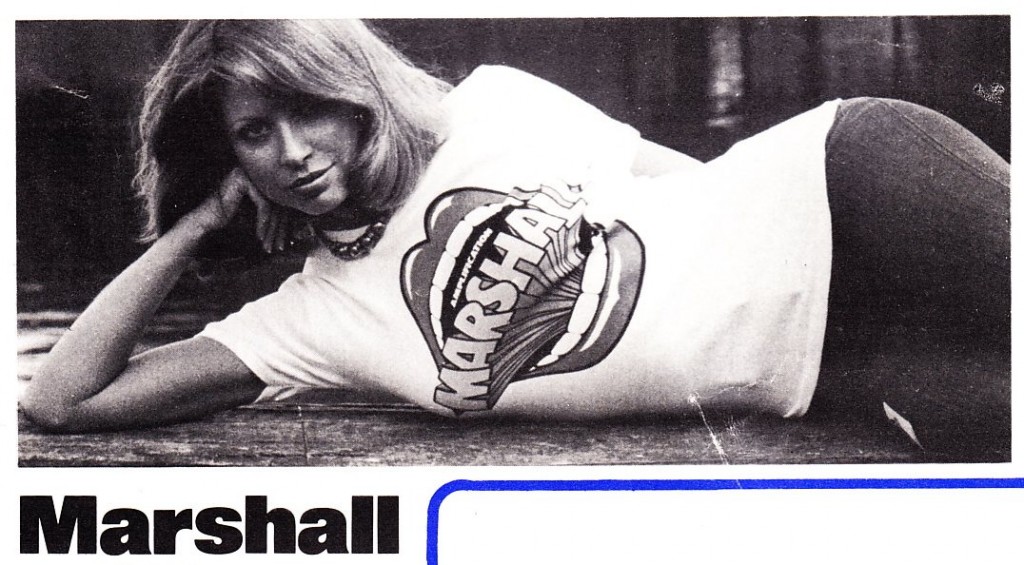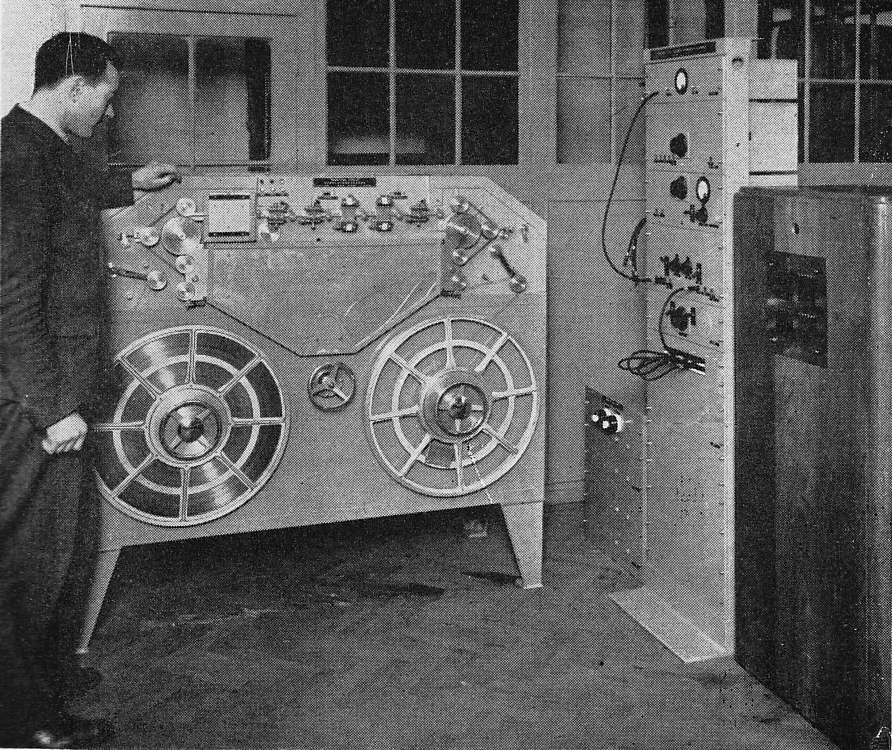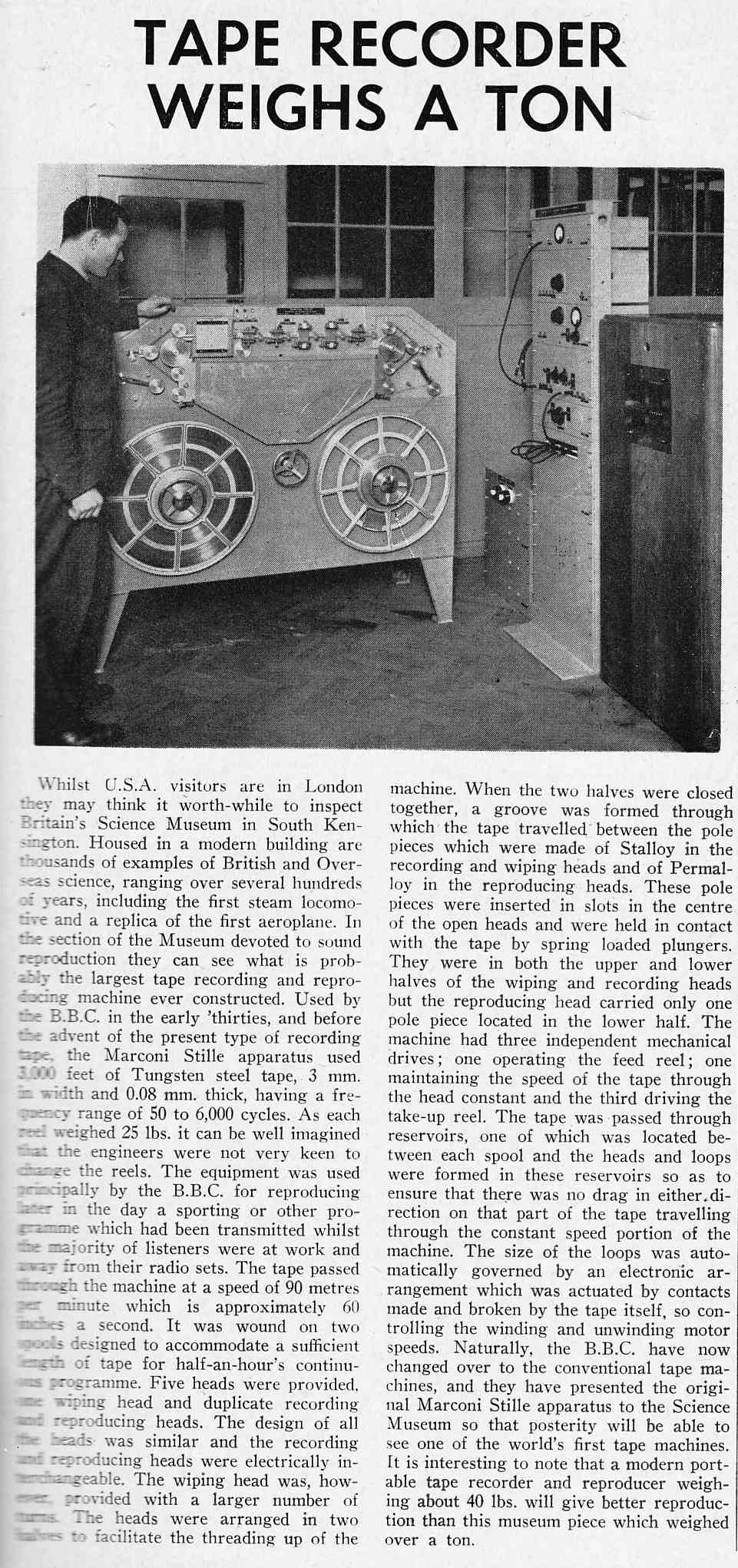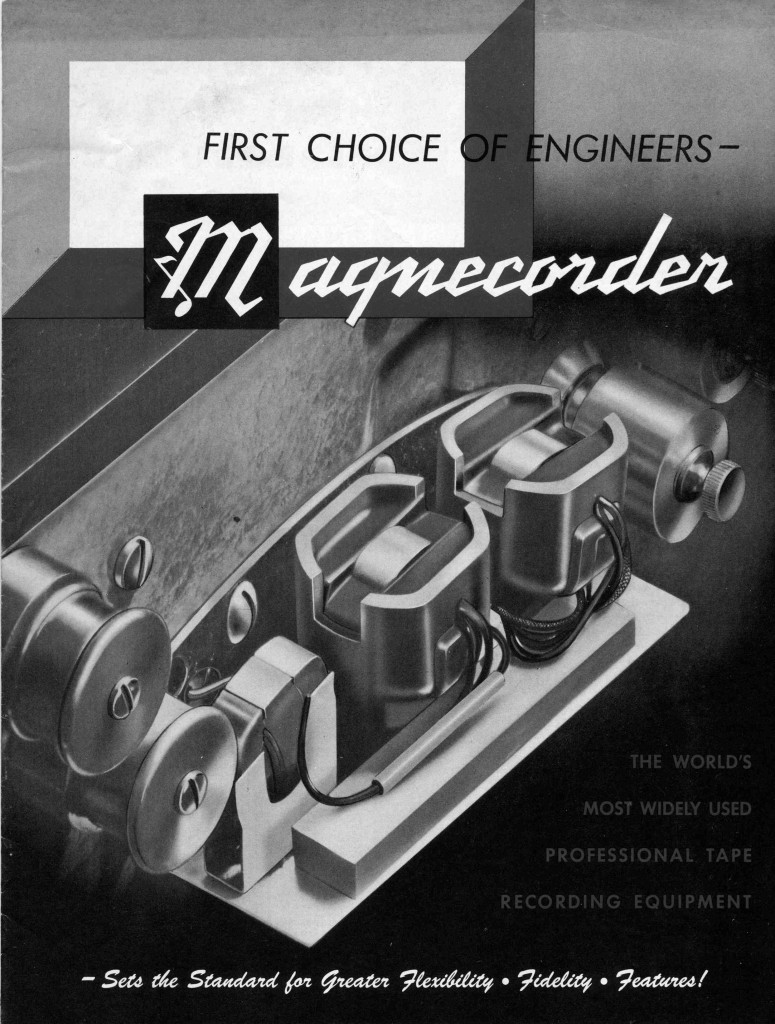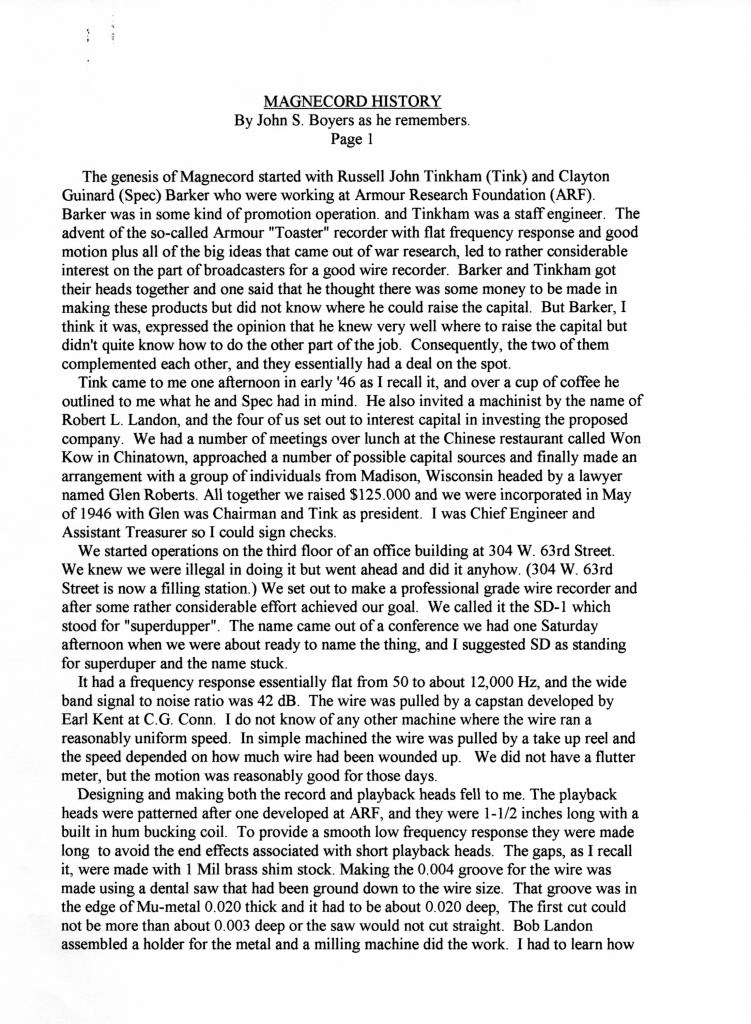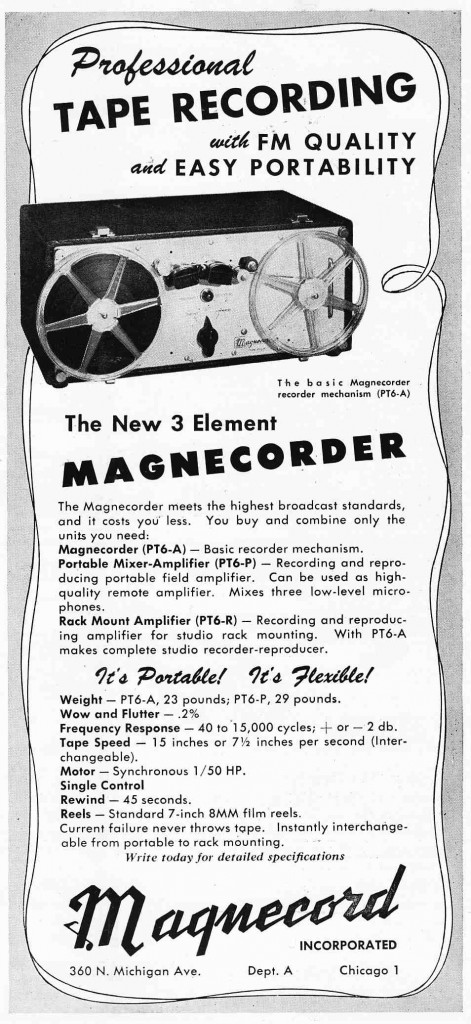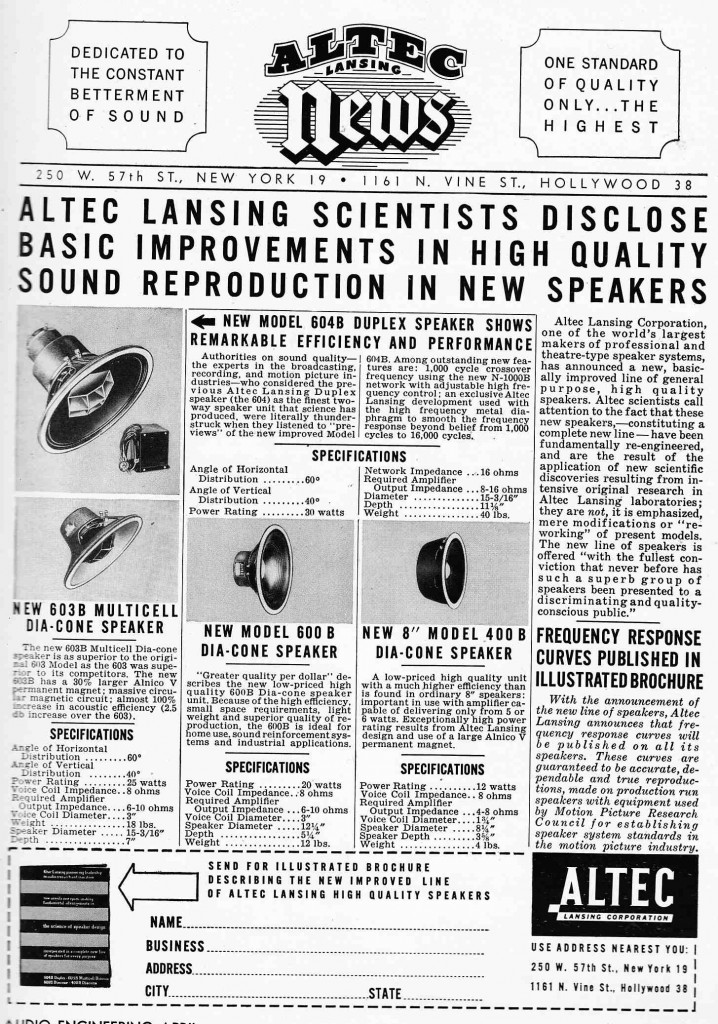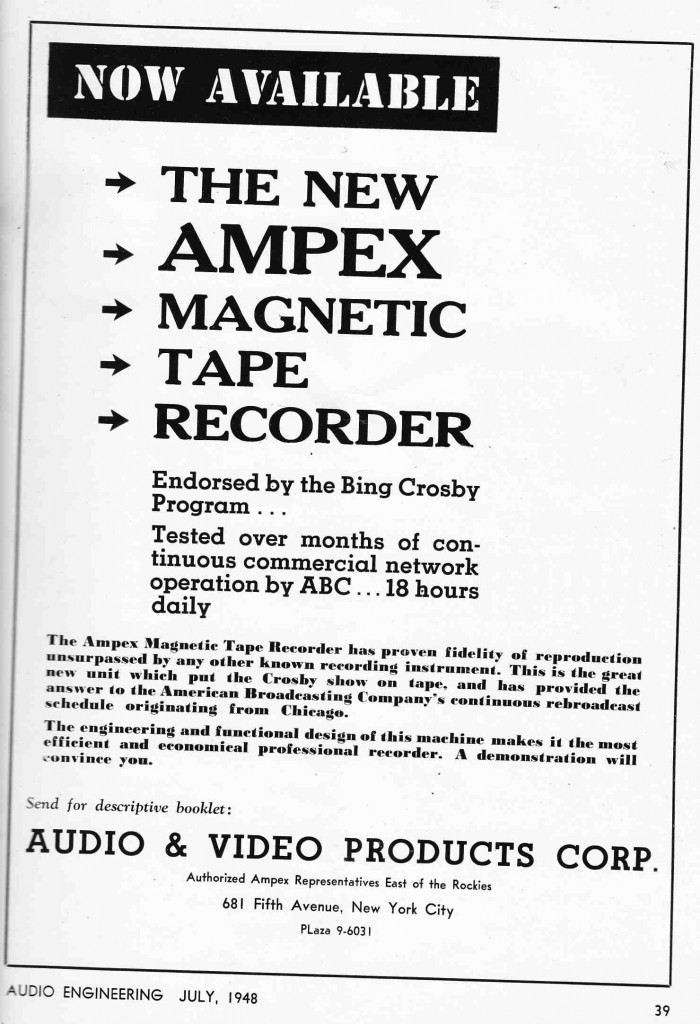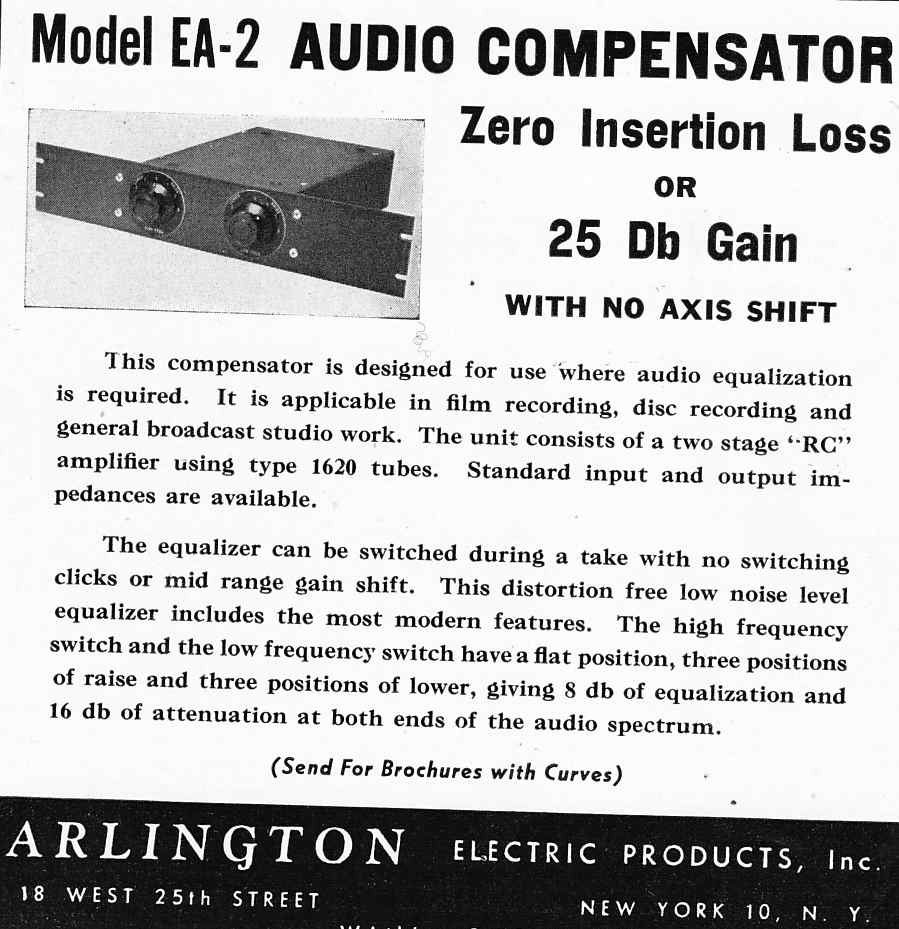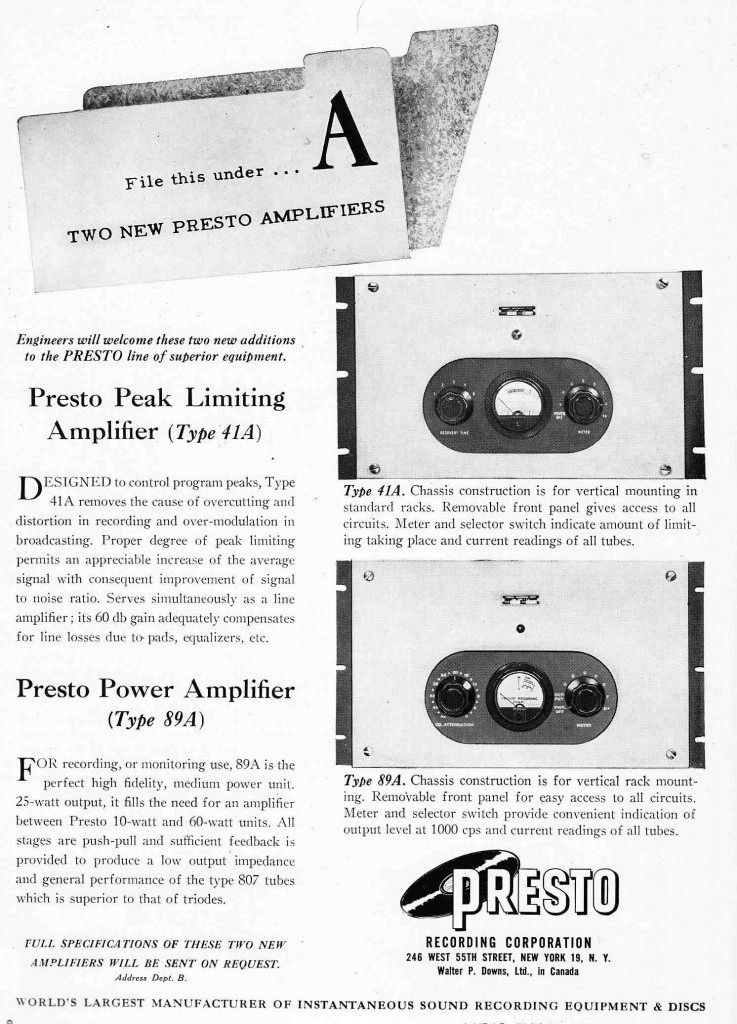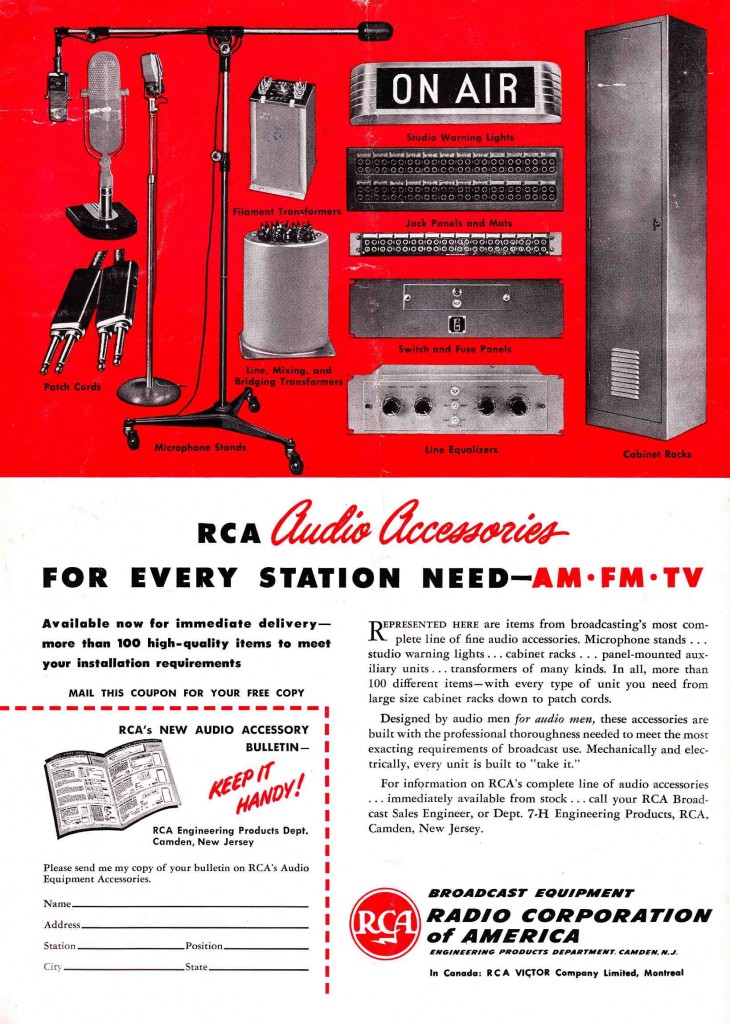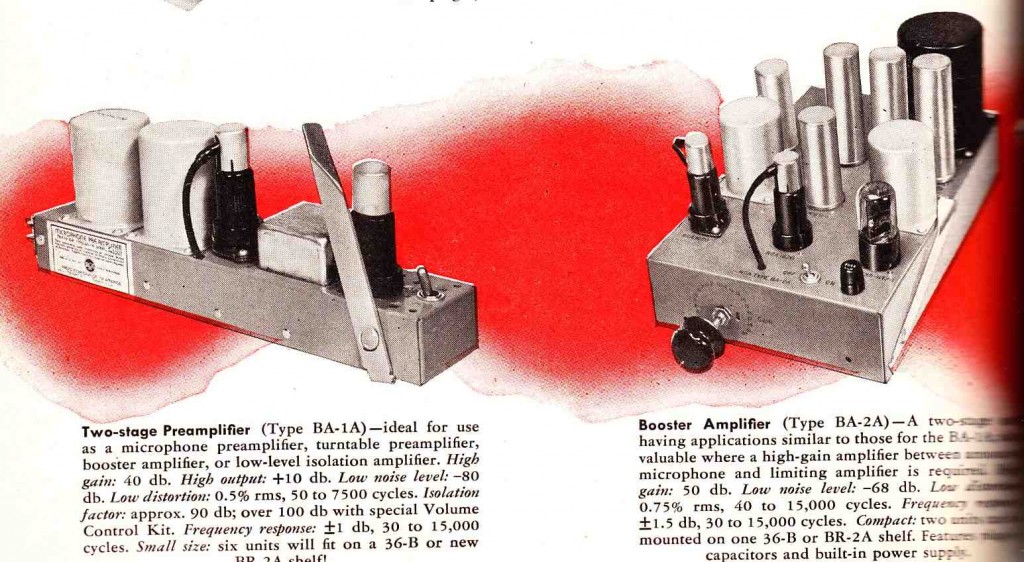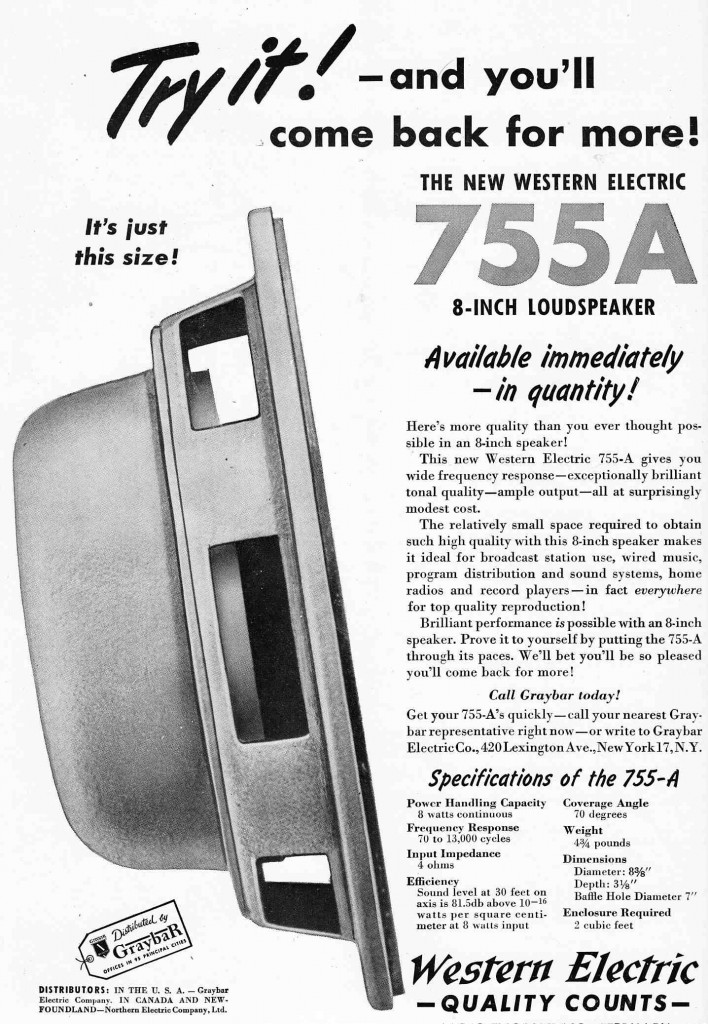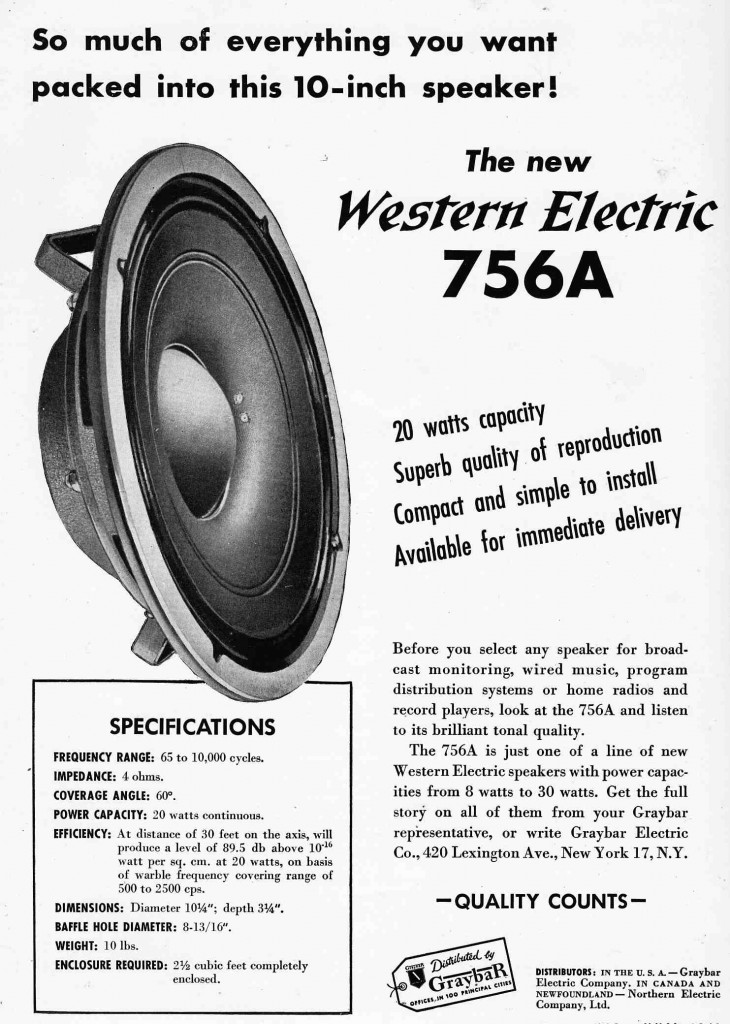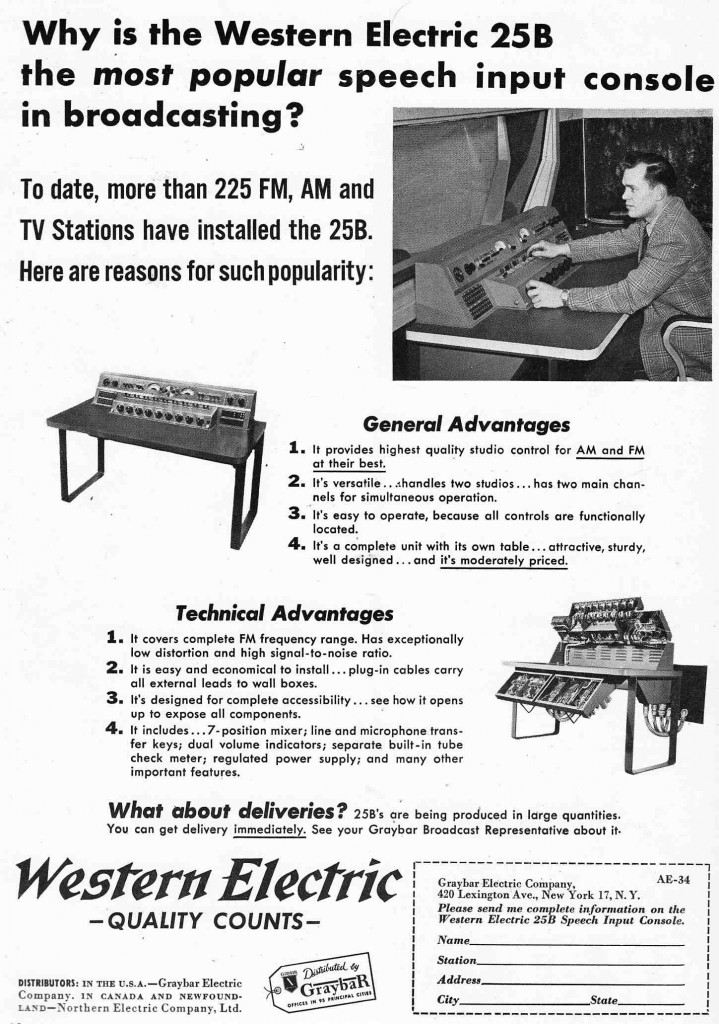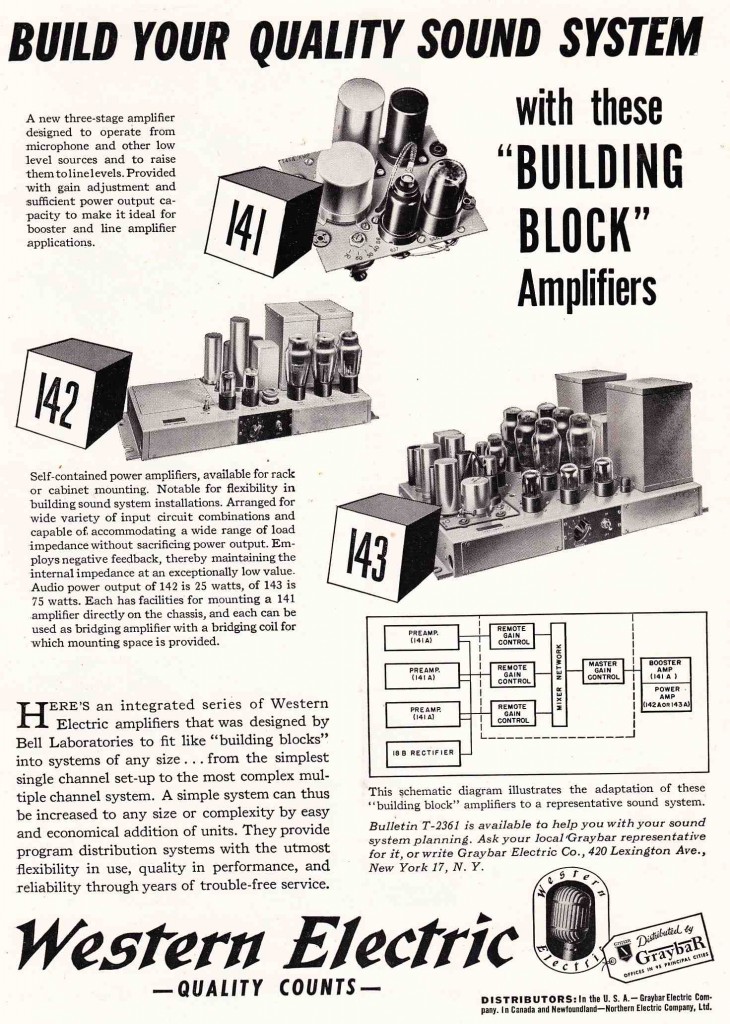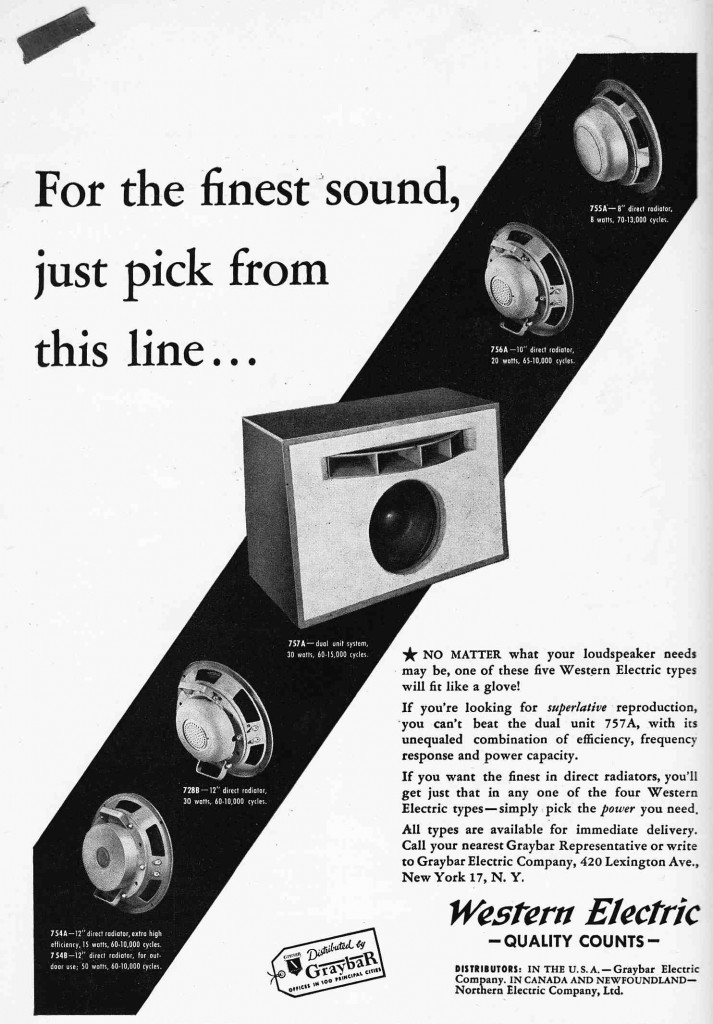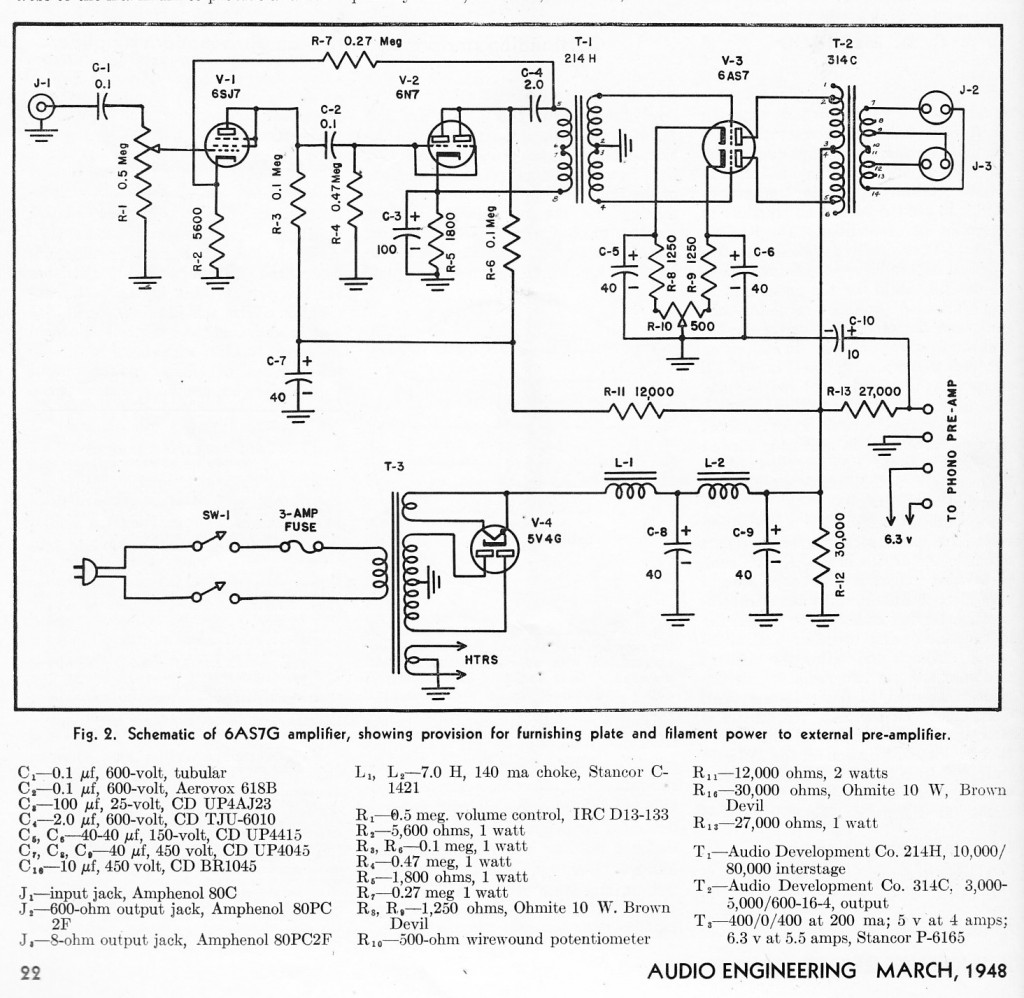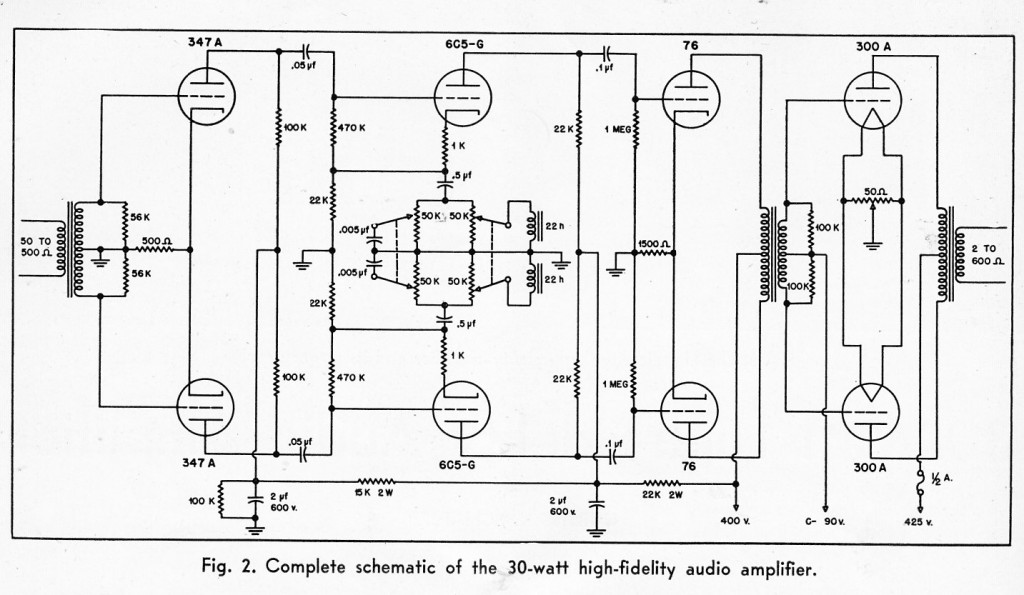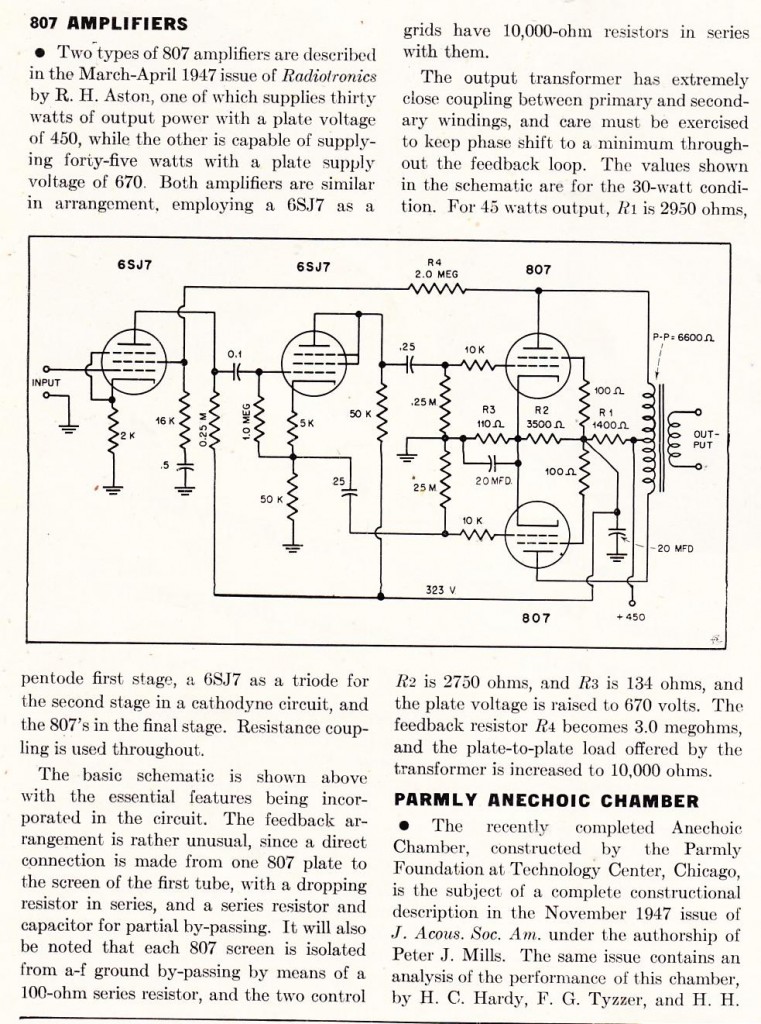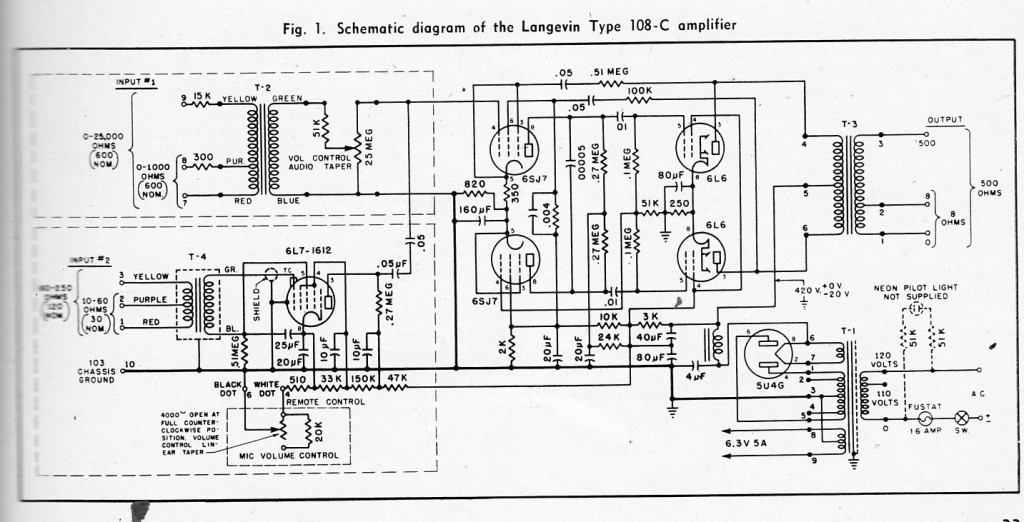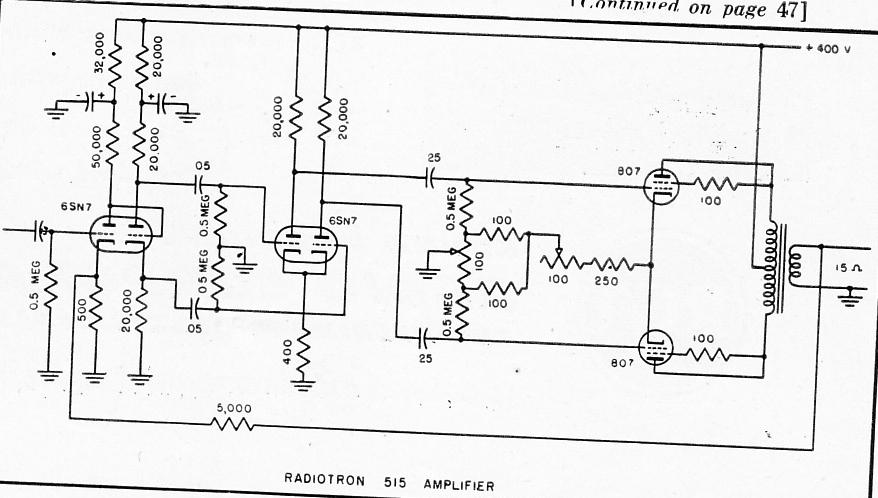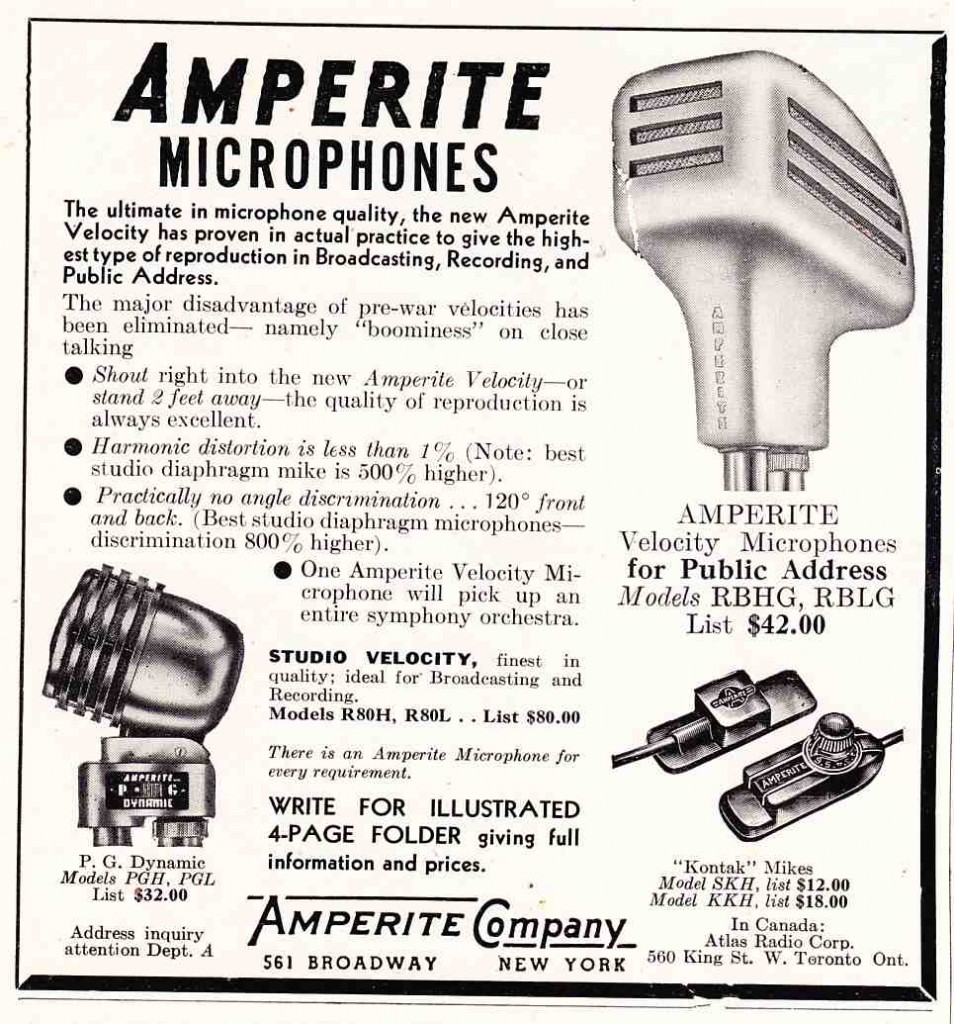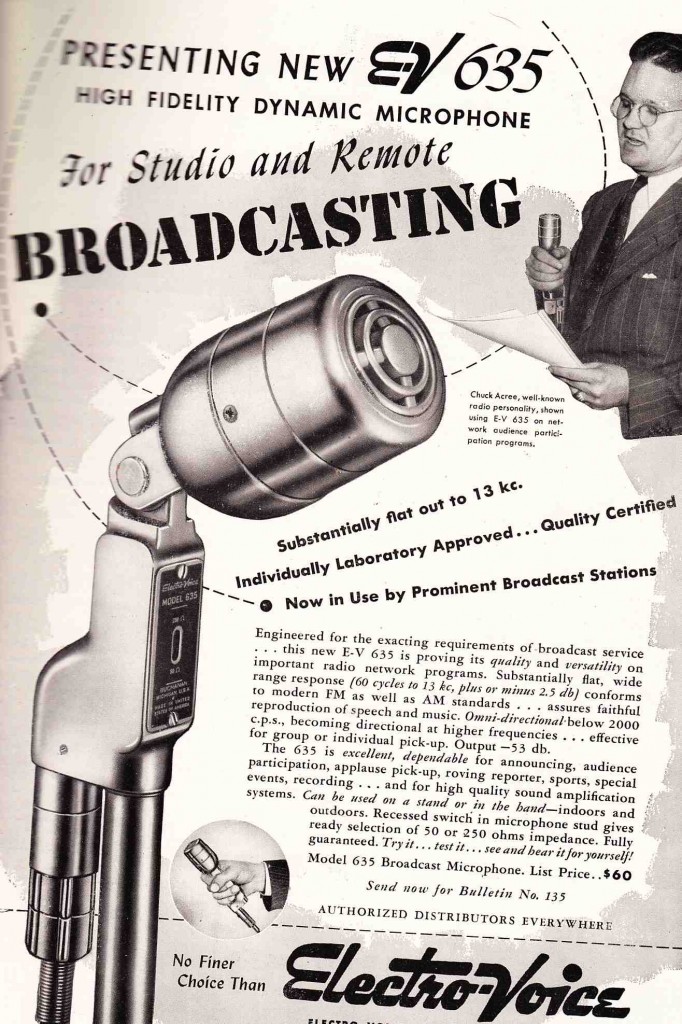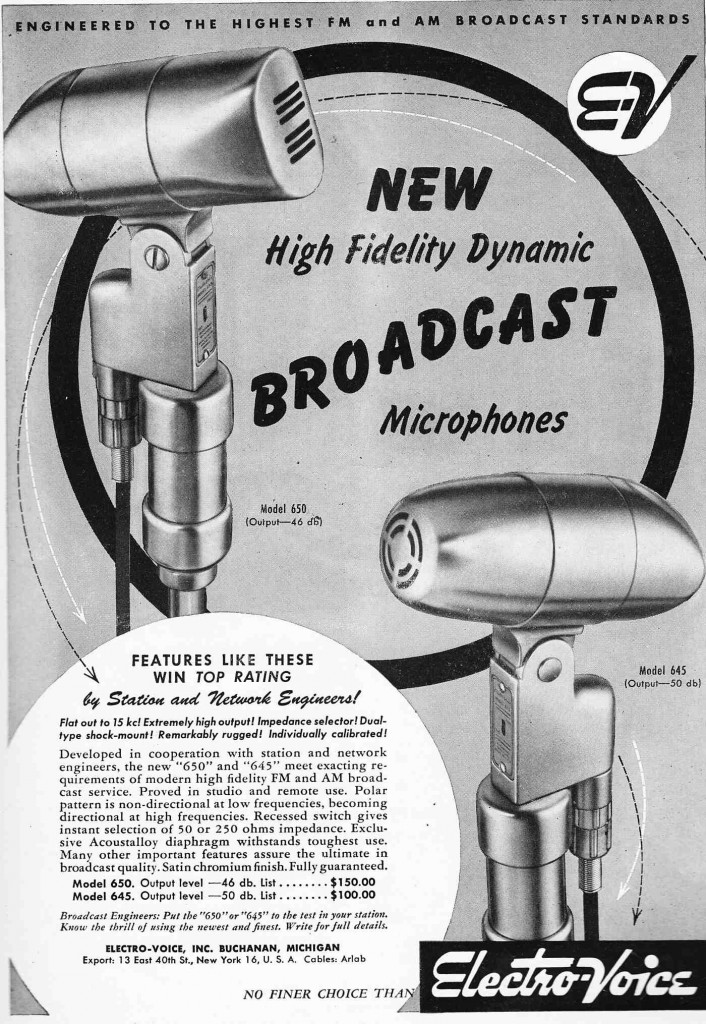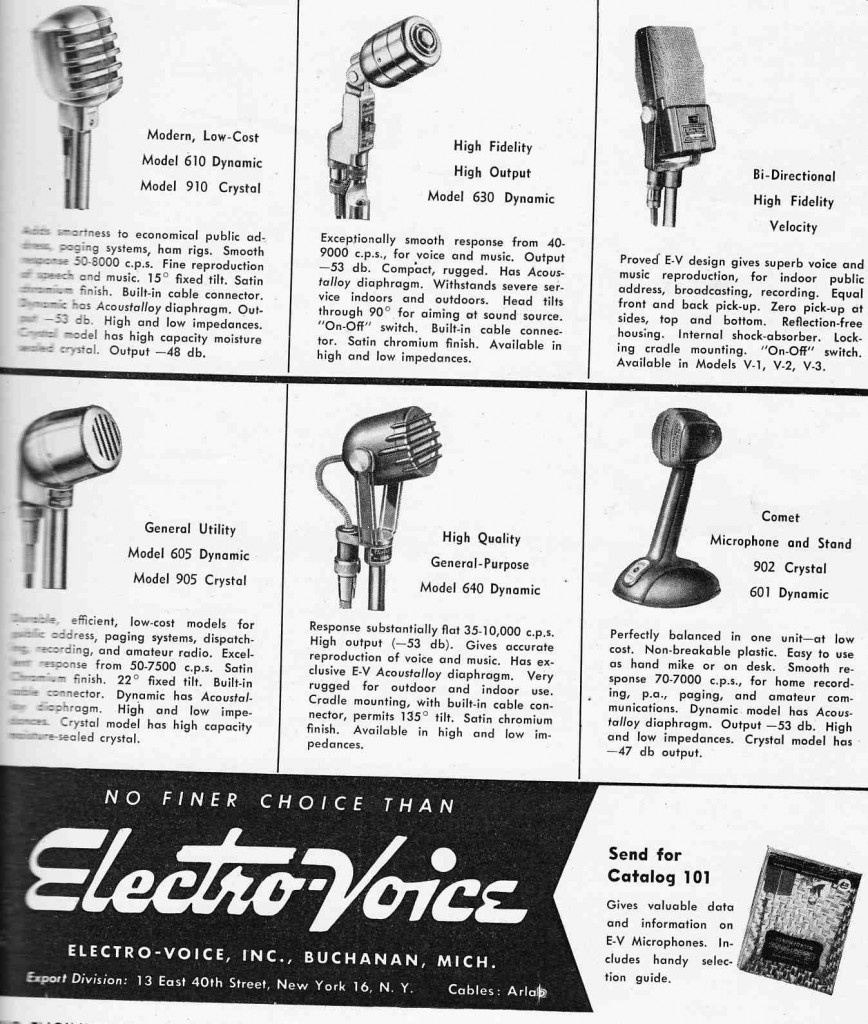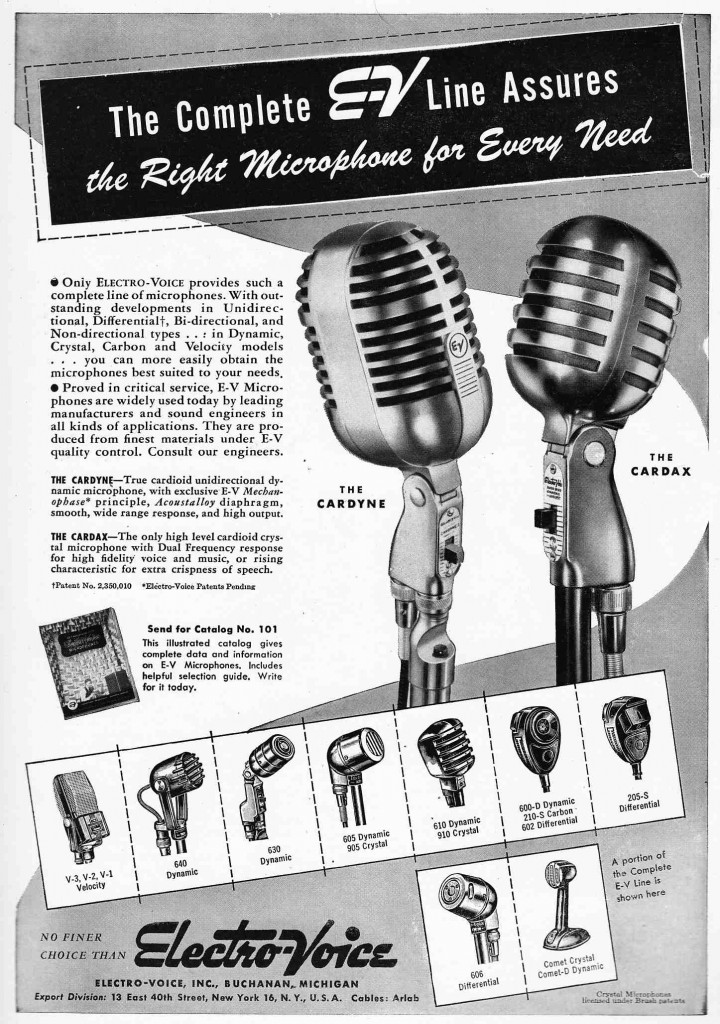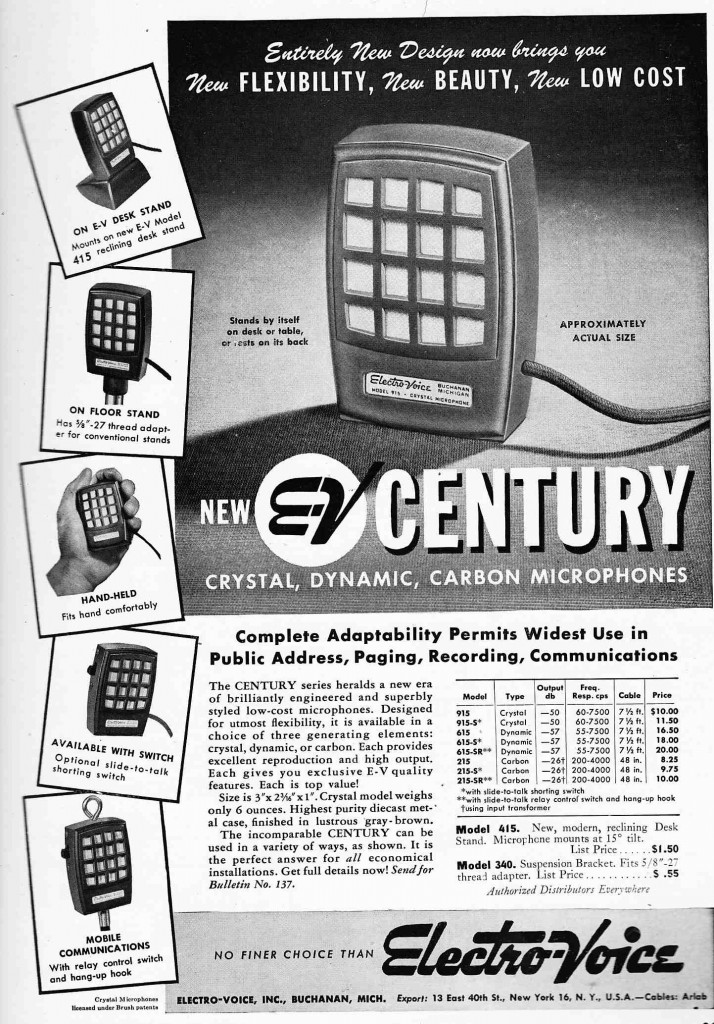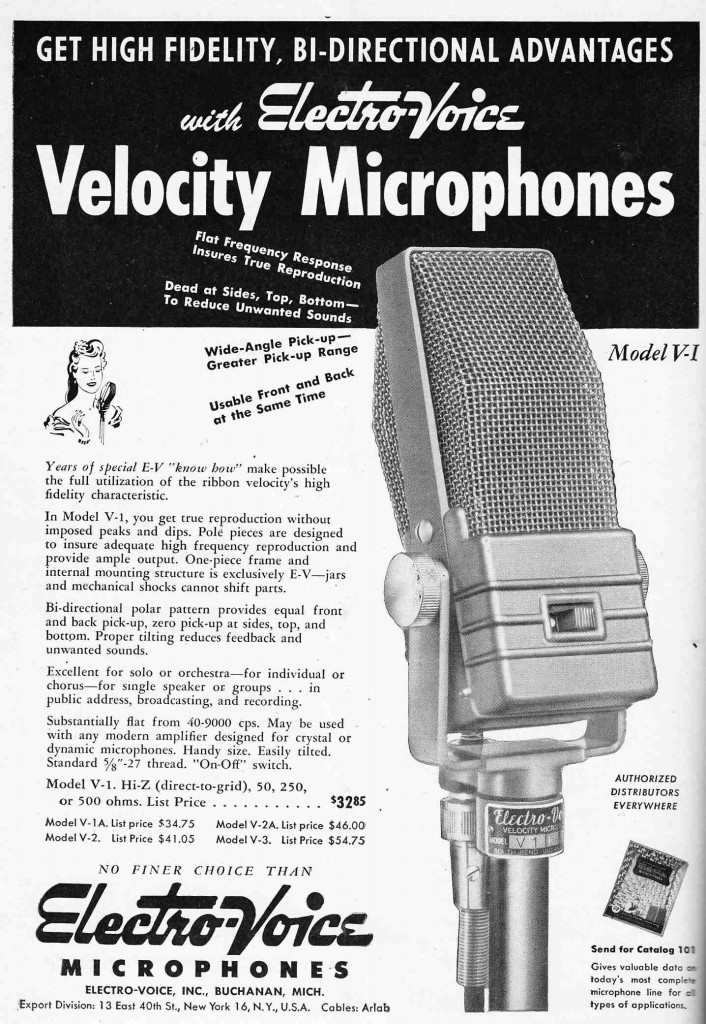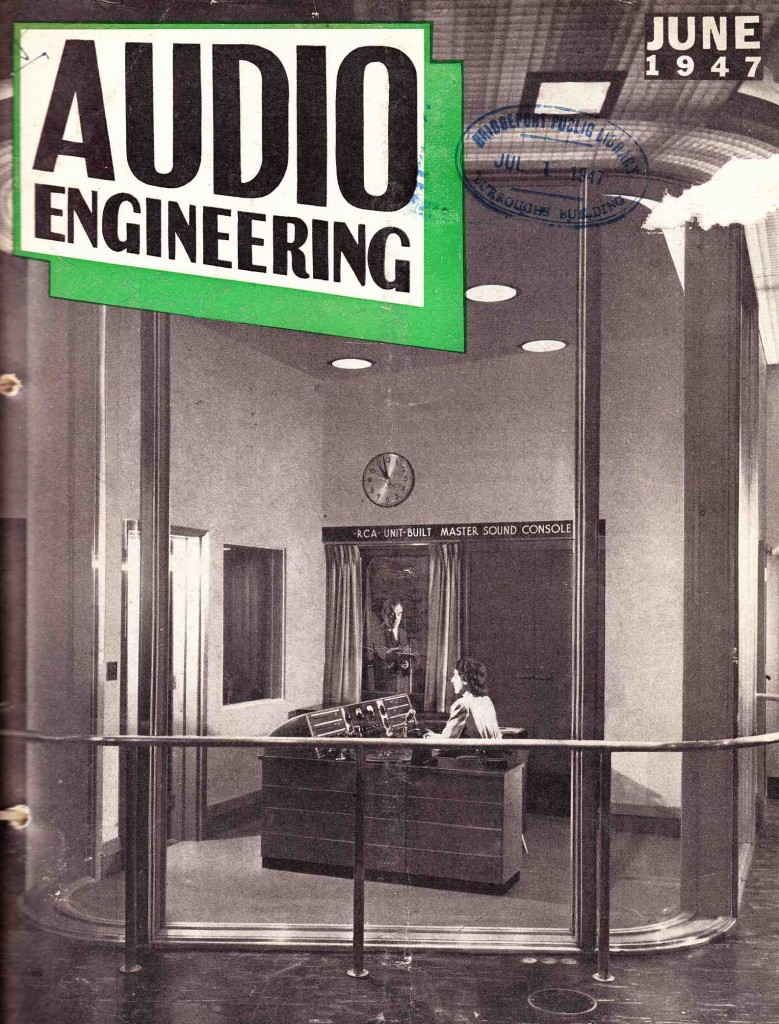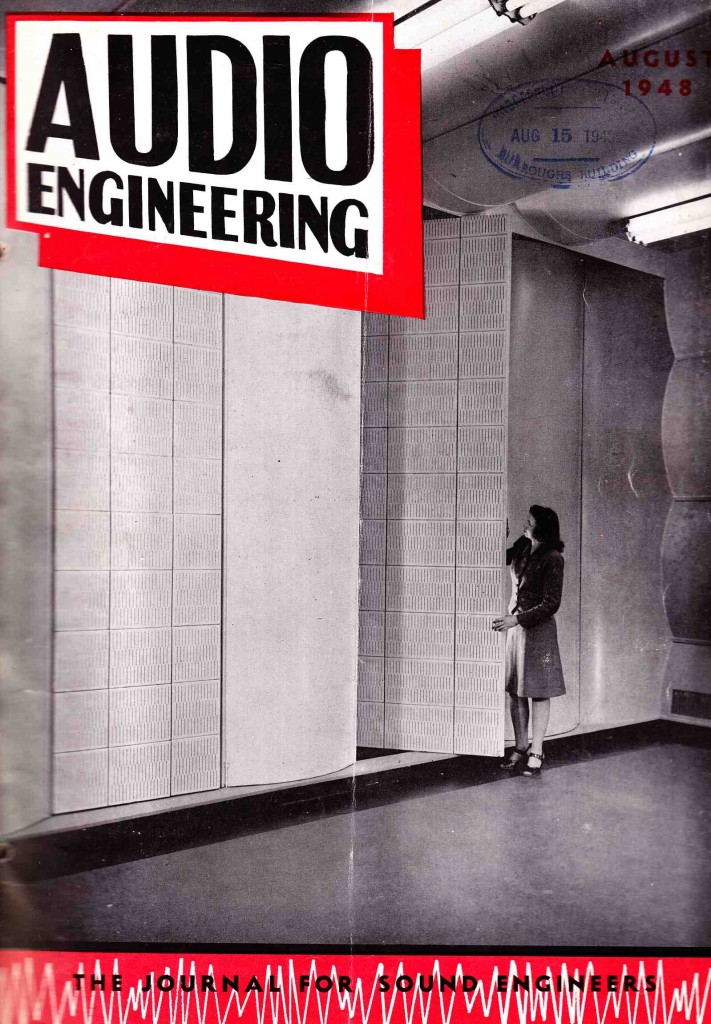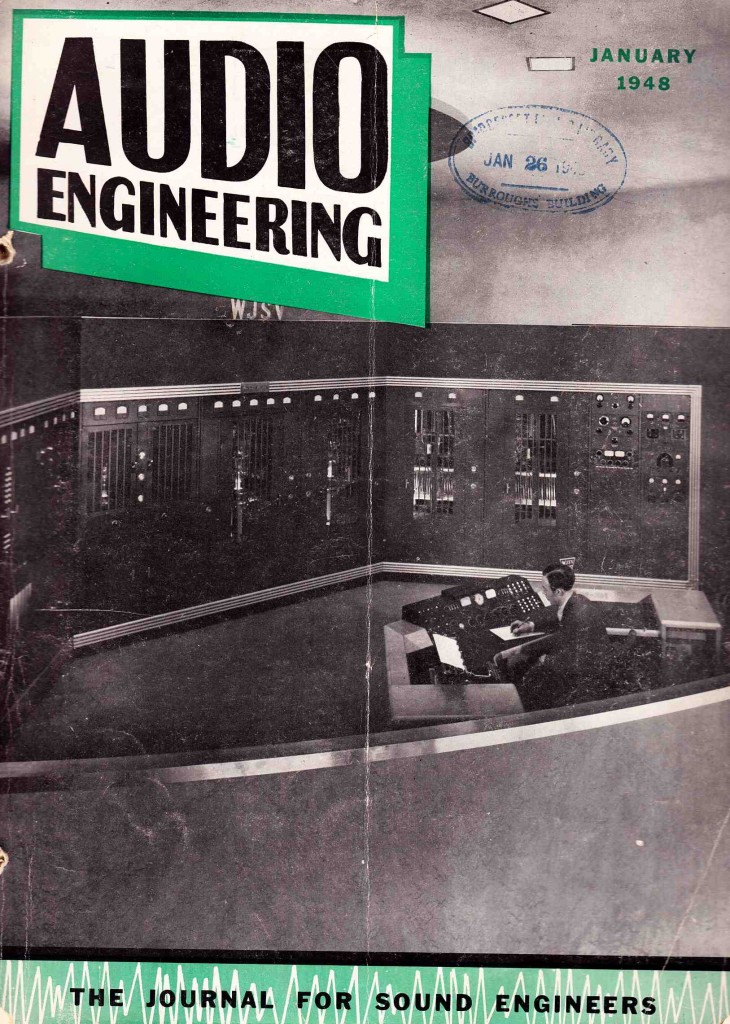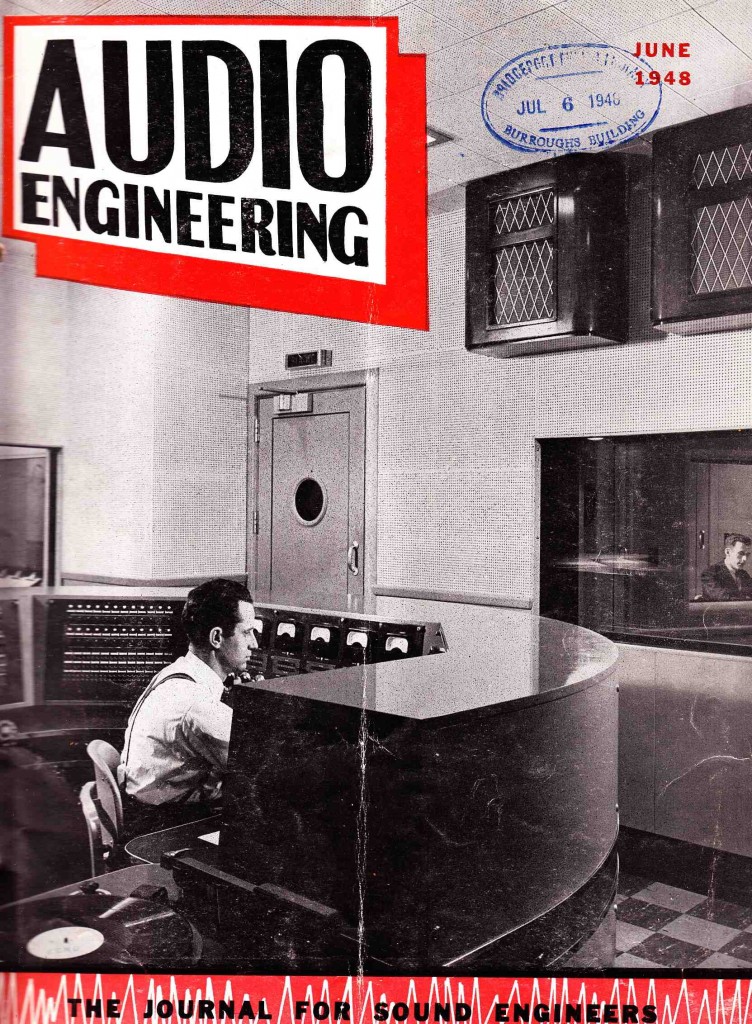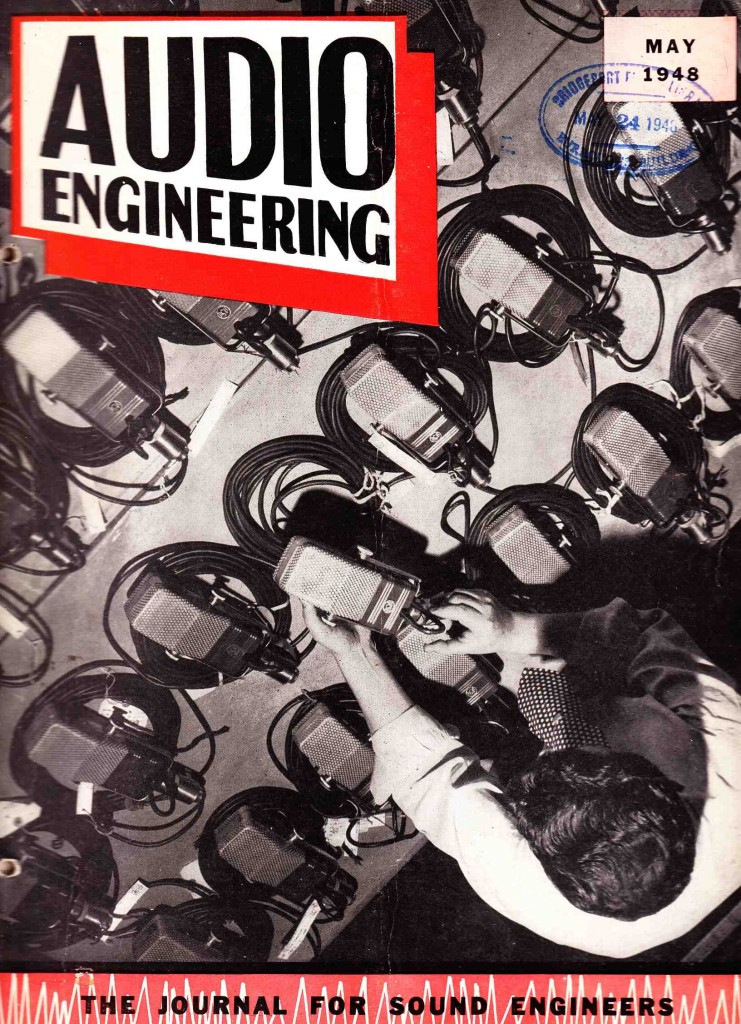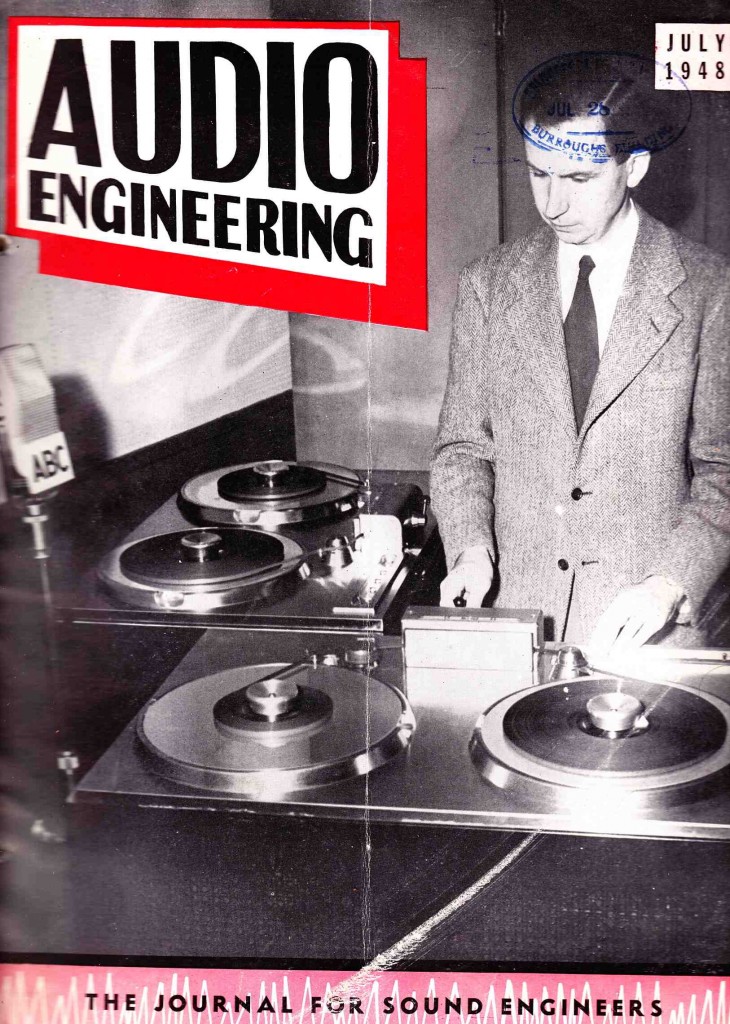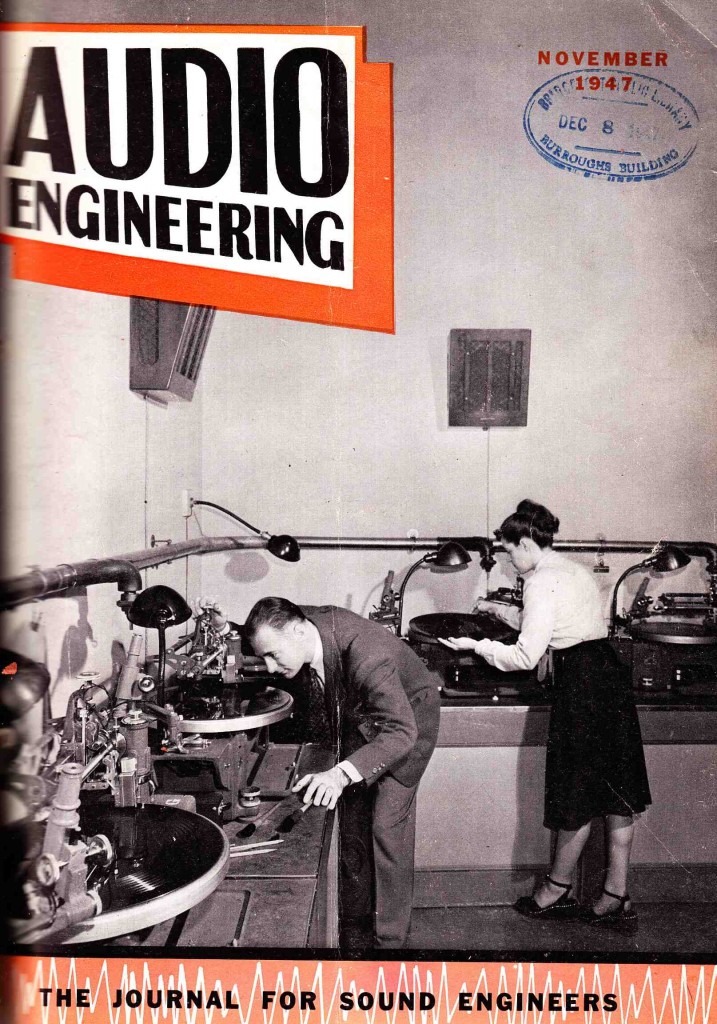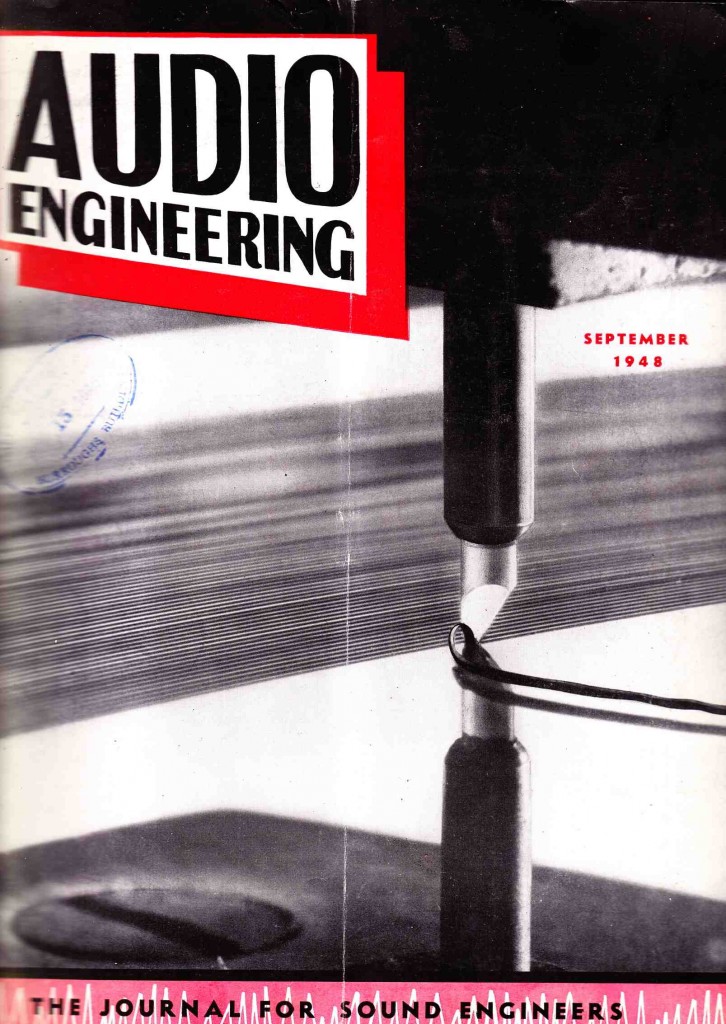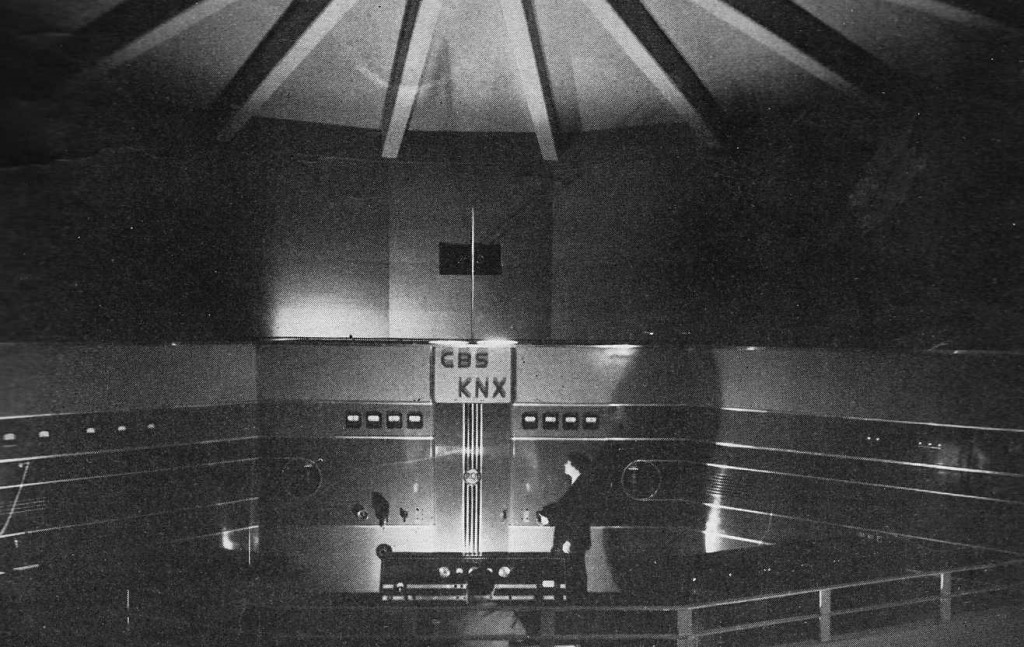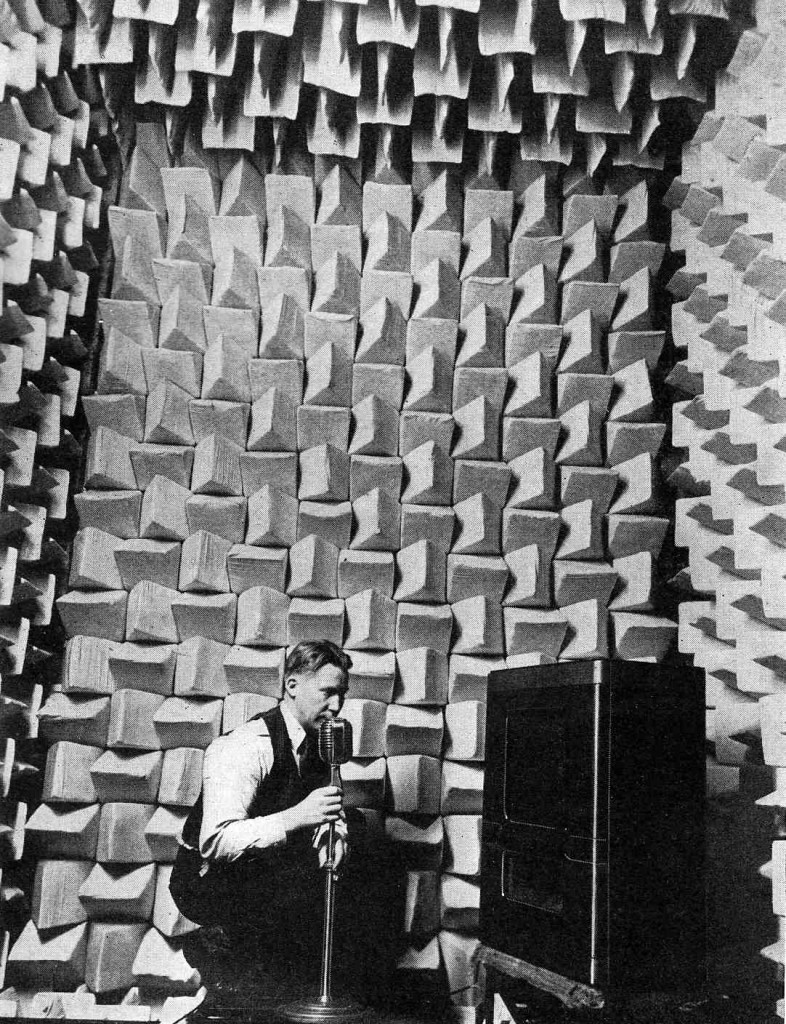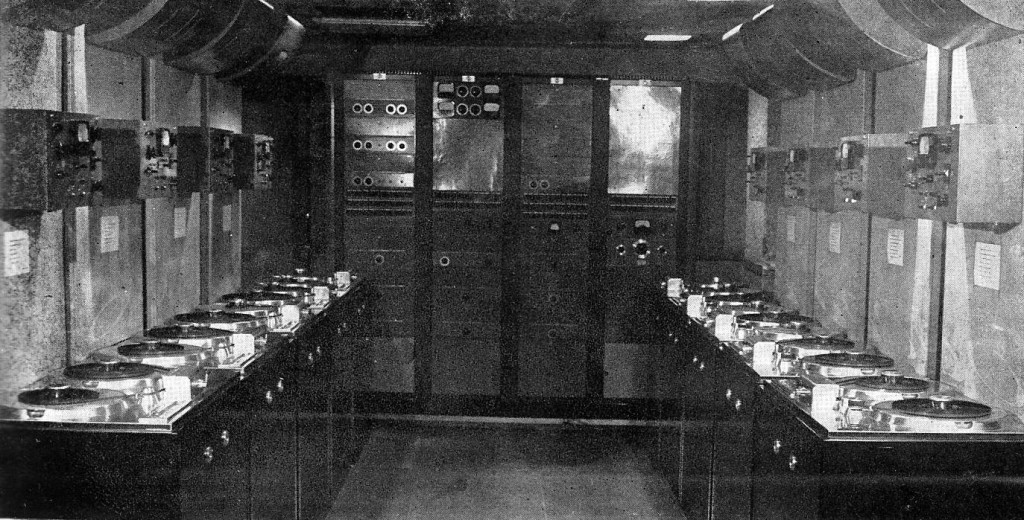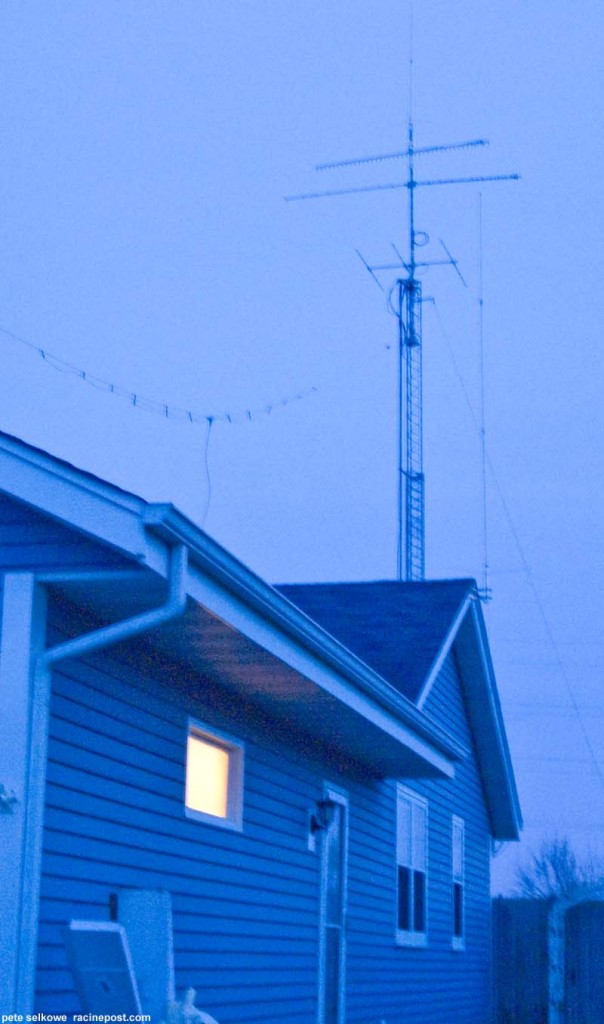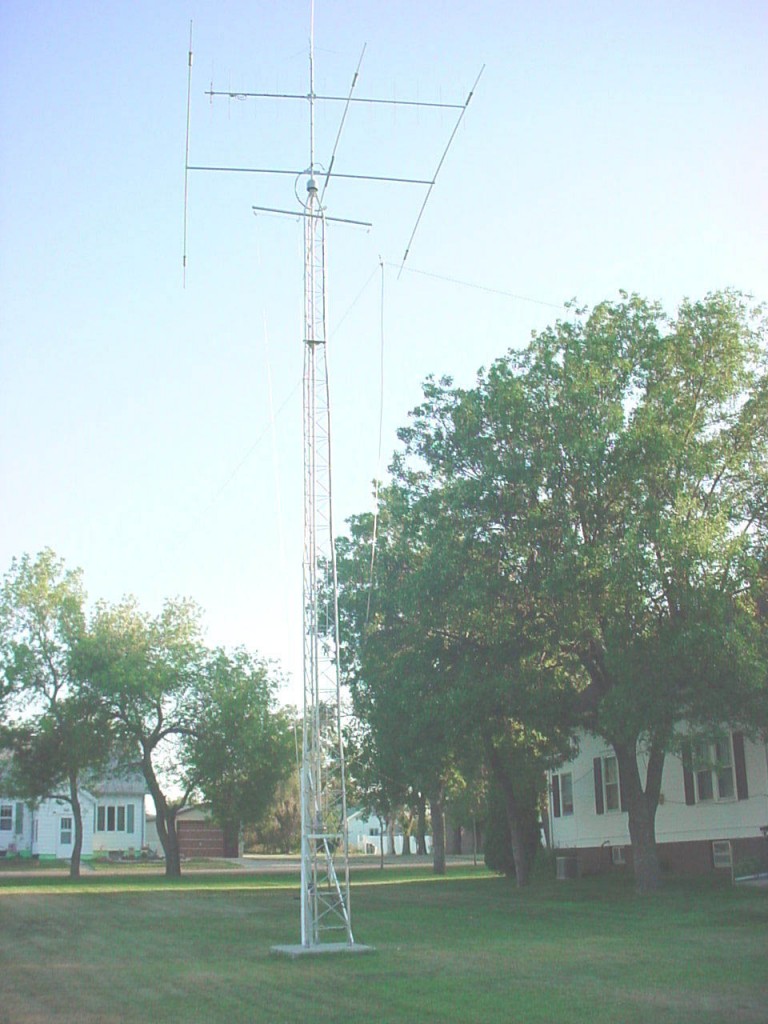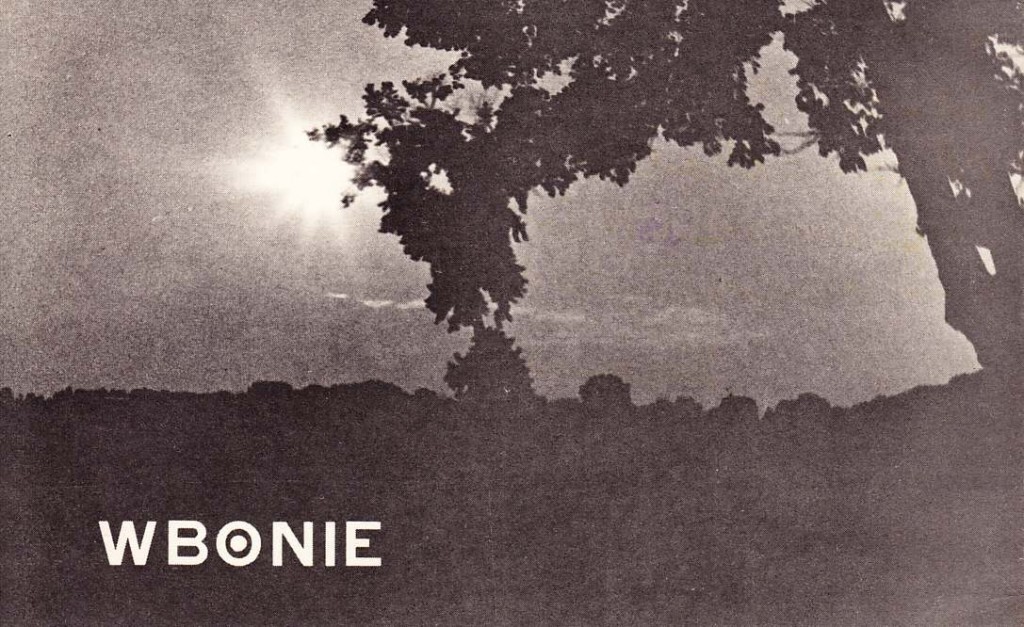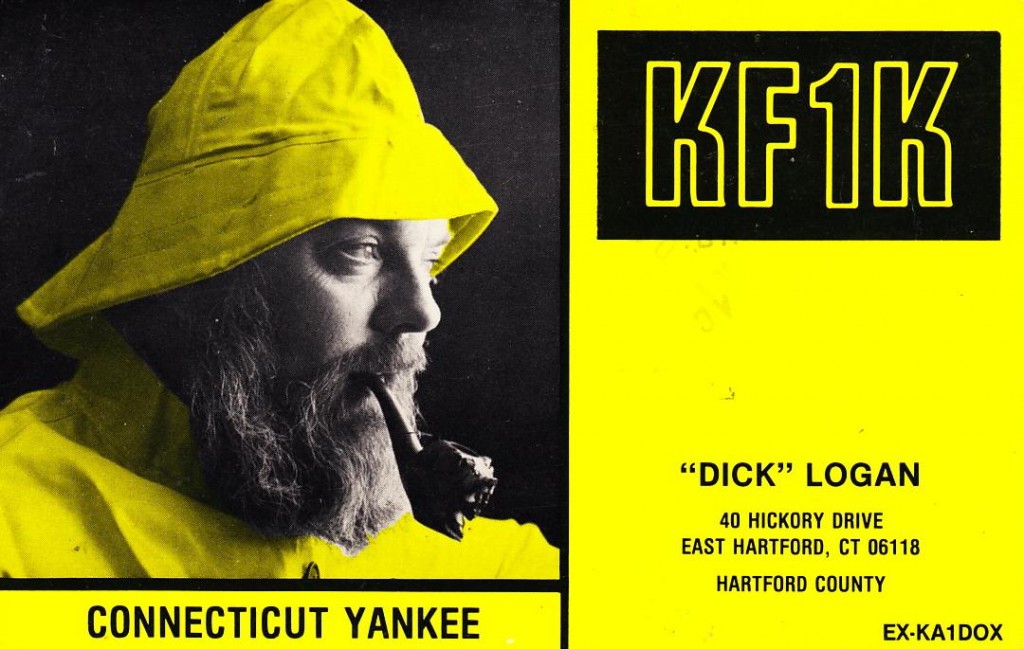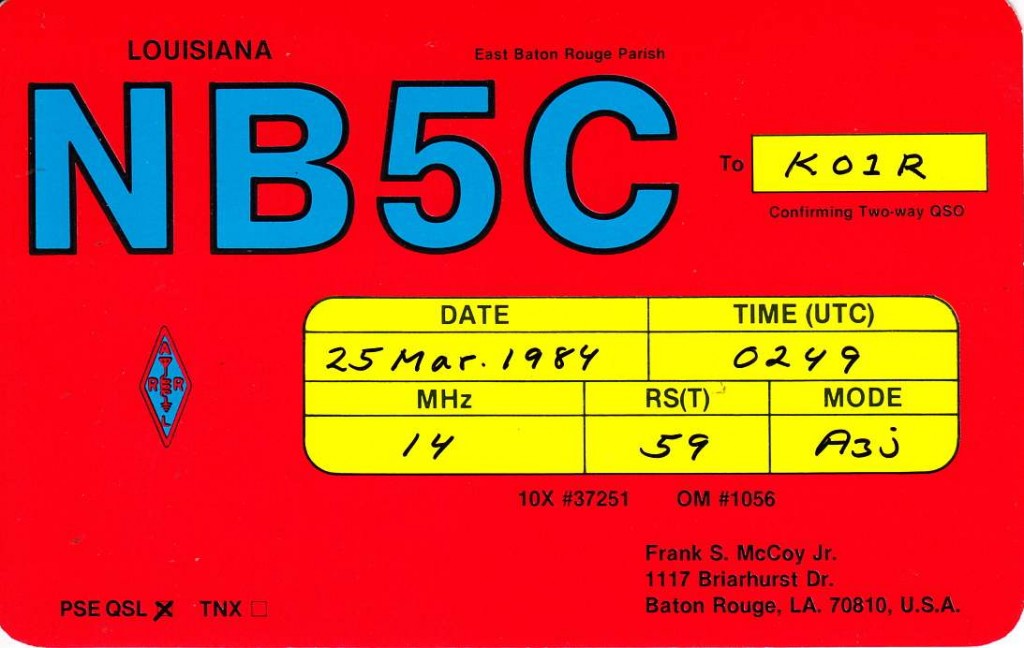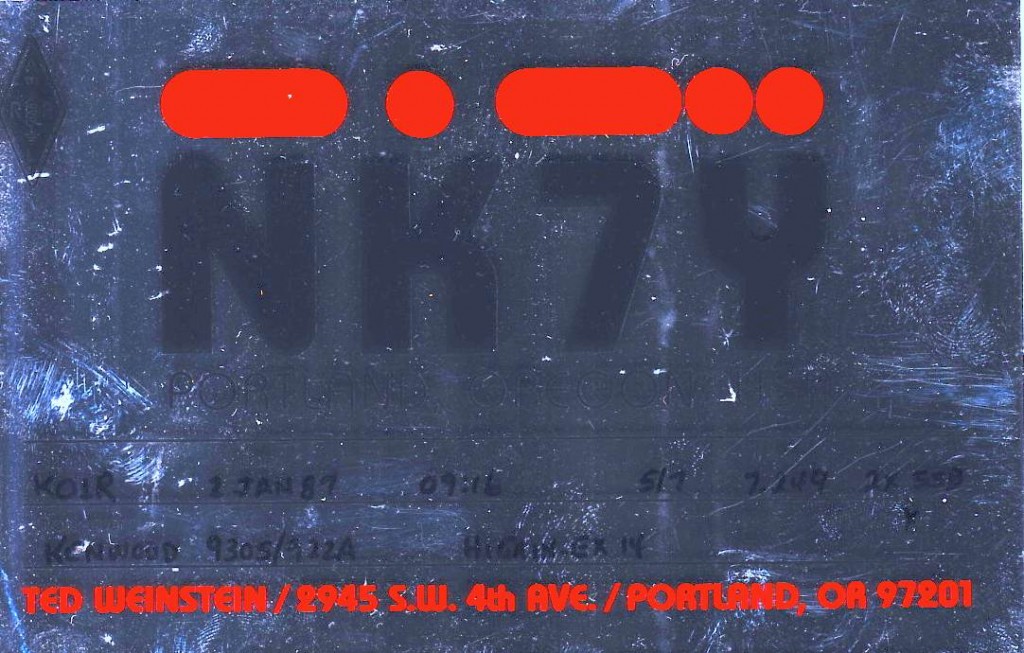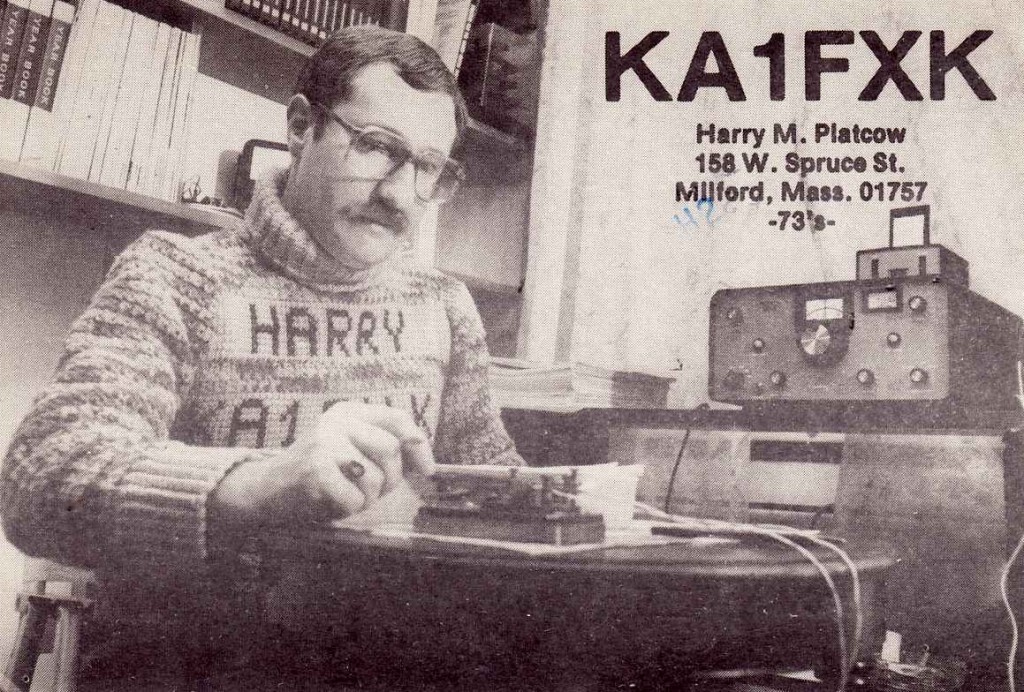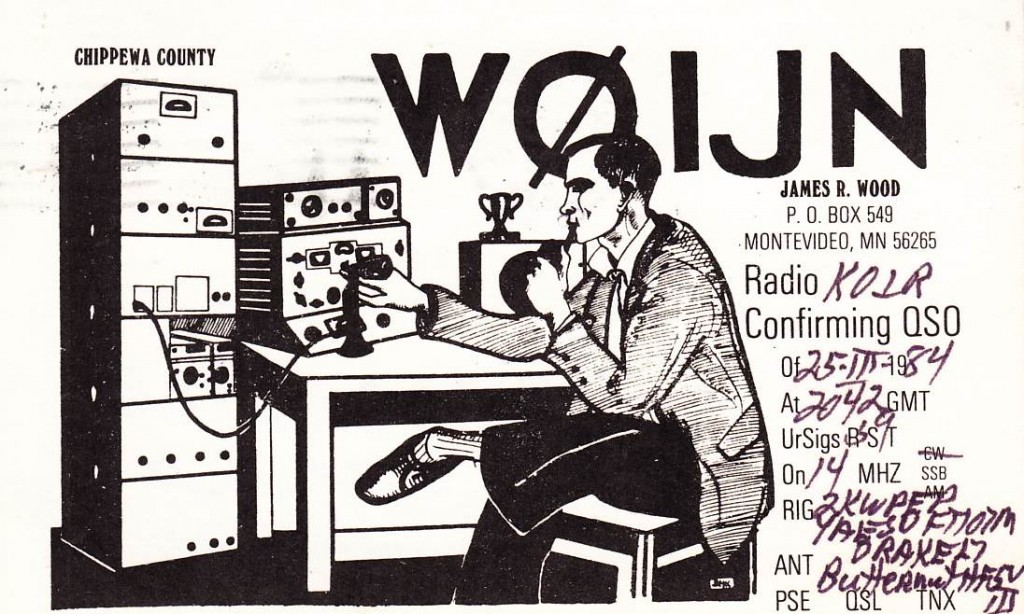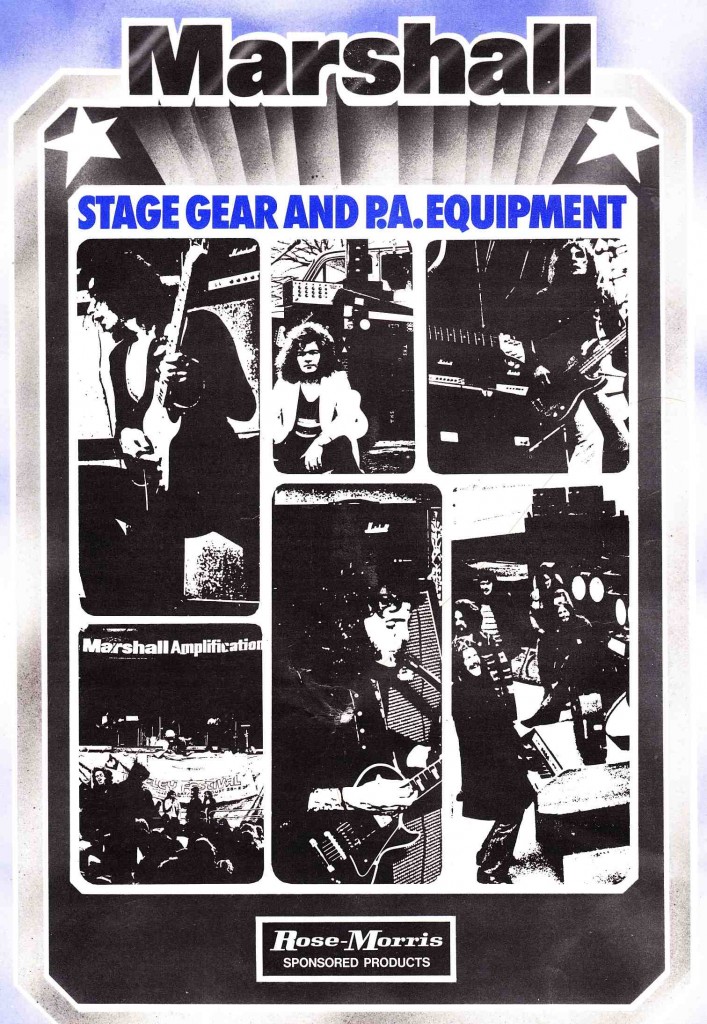 Download the complete sixteen-page 1974 Marshall Amplification catalog:
Download the complete sixteen-page 1974 Marshall Amplification catalog:
DOWNLOAD: Marshall_1974_Cat
Products covered, with text, specs, and photos, include: Marshall 1959, 1987, 1989, 1992, 2048, 2068, and 1986 tube heads; 1960, 1982, 1990, 2049, 2045, 2069, and 1935 speaker cabinets; Marshall 2064, 2065, and 2052 ‘powercel’ cabinets; Marshall 2040, 2078, and 2077 combo amps; Marshall Disco Unit (yup…) 1993 ‘turntable control unit’; Marshall 2071, 2050, and 2070 mixers; plus a slew of additional P.A. equipment.
I spent yesterday doing the final wiring and installation of my newly-restored Wheatstone SP-6 console into the control room at Gold Coast Recorders. Took the opportunity to listen to a pile of records that I had not gotten around to. “The Welsh Connection” by Man really caught my ear, and got me into a real UK Rock circa ’75 kinda mood. Hence today’s post.
The most interesting bits to the ’74 Marshall Catalog are the 2050 and 2070 mixers, neither of which seem to have survived the 1970s. I cannot find a single reference to them on the web, other than in a book about Marshall.
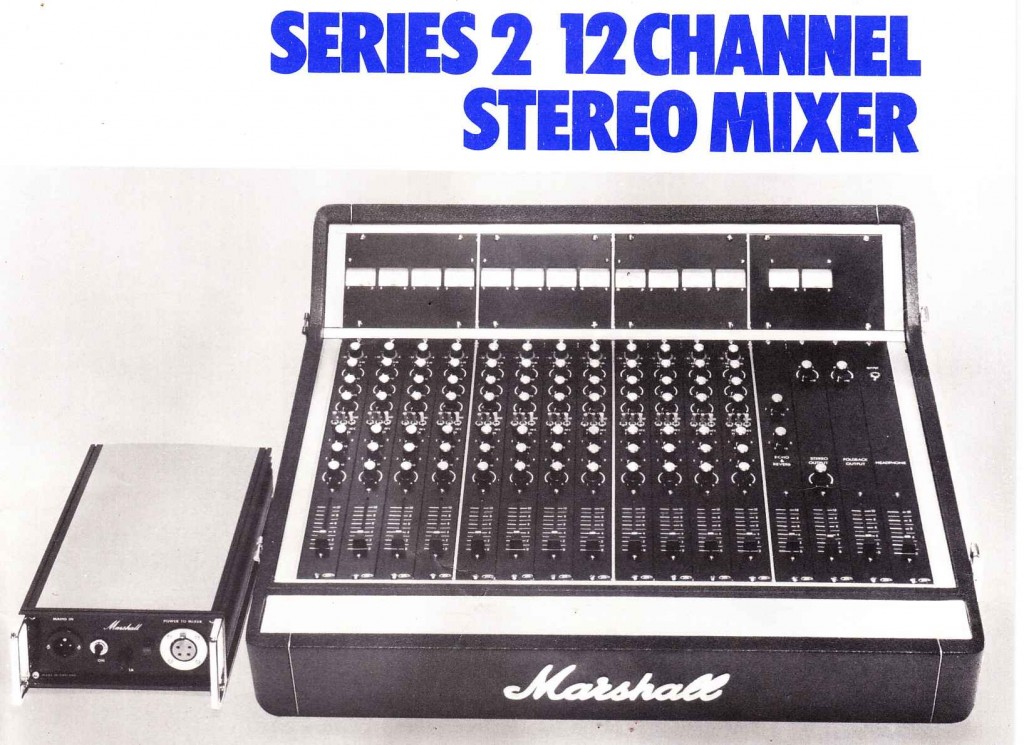
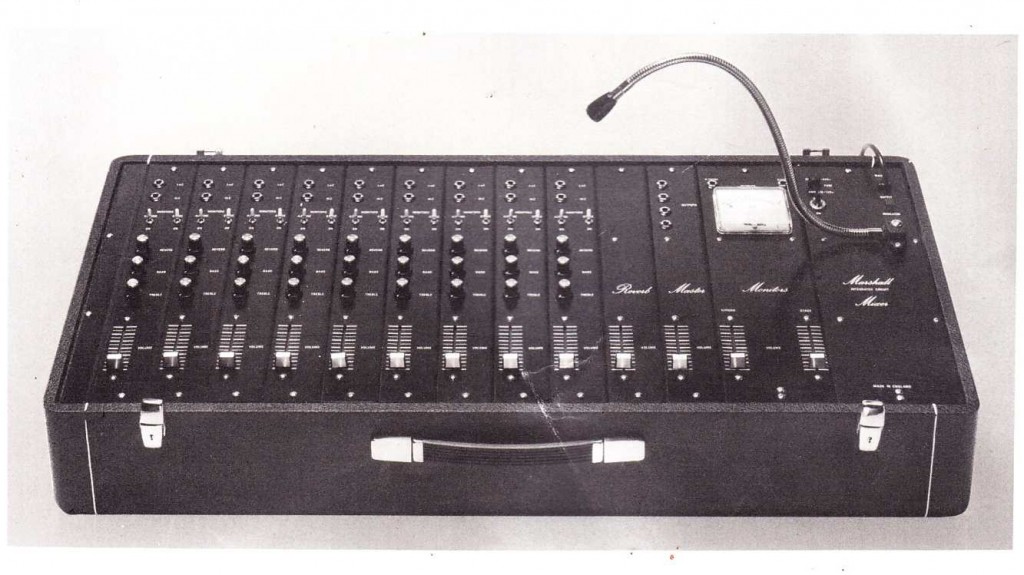 The much smaller # 2071 mini-mixer remains in evidence; here’s a link to one for sale for a few bucks in Ireland. A unit cosmetically similar to the 2050 is also available in England right now; price is quite good IMO…
The much smaller # 2071 mini-mixer remains in evidence; here’s a link to one for sale for a few bucks in Ireland. A unit cosmetically similar to the 2050 is also available in England right now; price is quite good IMO…
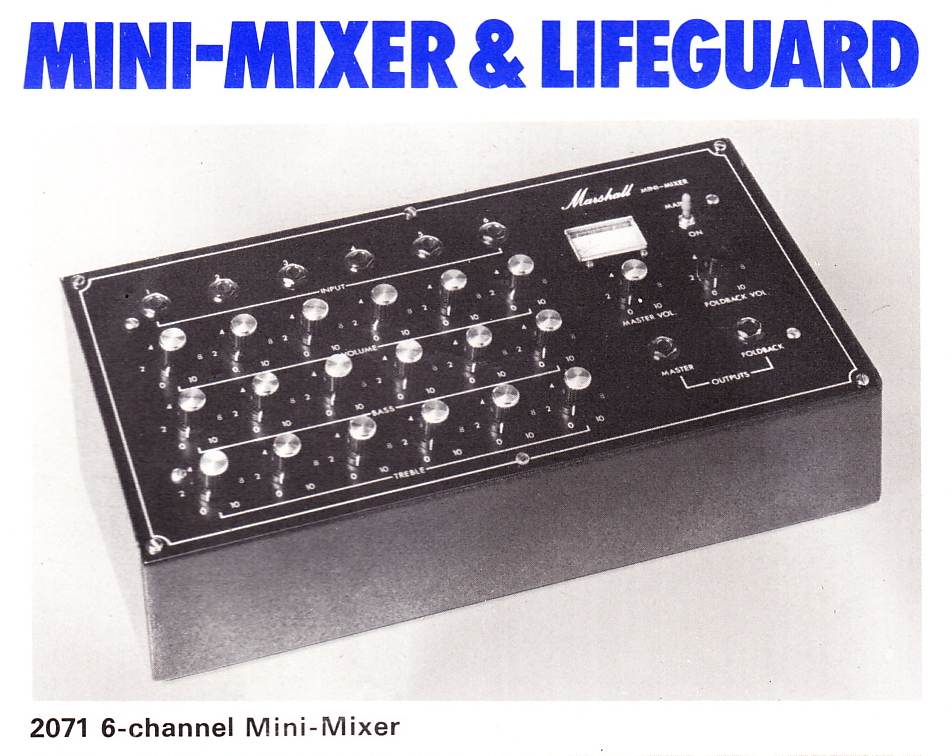 And of course, let’s not forget the Marshall Disco Unit.
And of course, let’s not forget the Marshall Disco Unit.
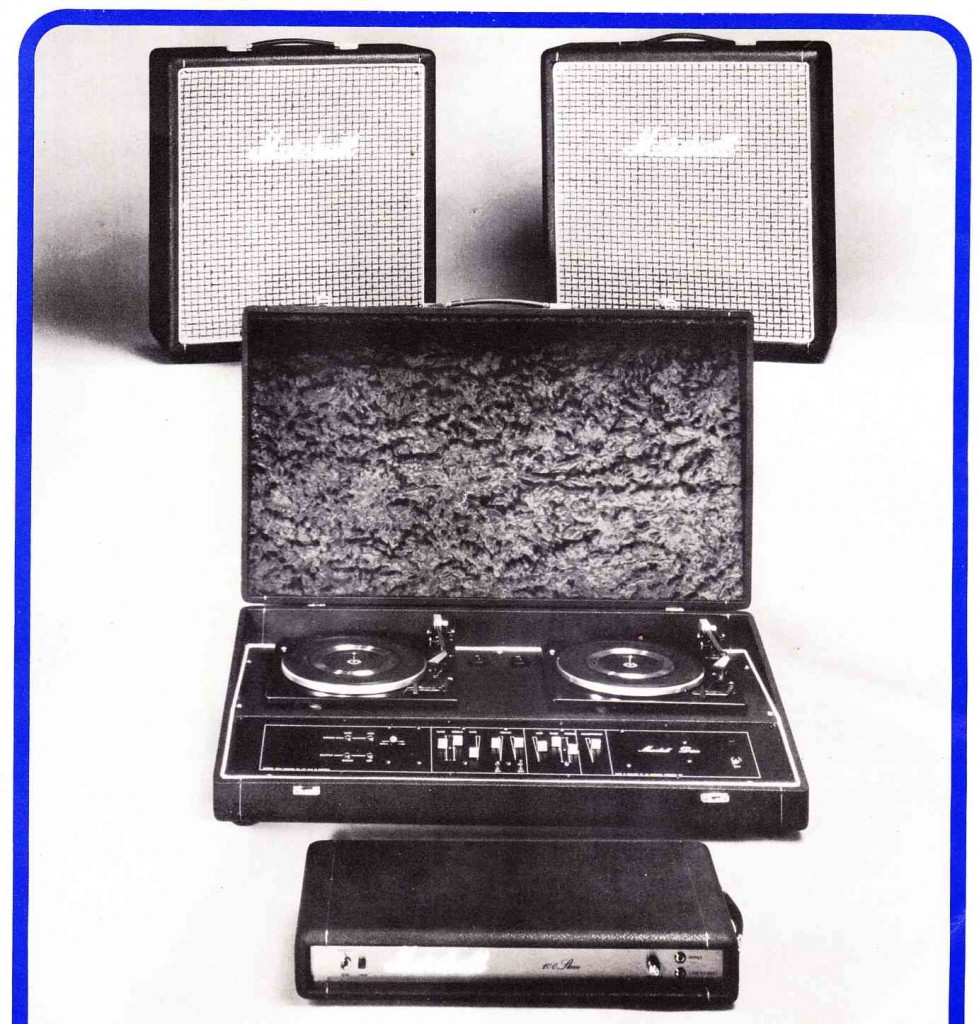 Jim Marshall offers some sage advice here as well:
Jim Marshall offers some sage advice here as well:
 This really is true. Do not try to Disco alone. Sad at best.
This really is true. Do not try to Disco alone. Sad at best.
Finally, we meet the face of Marshall:
Here he is:
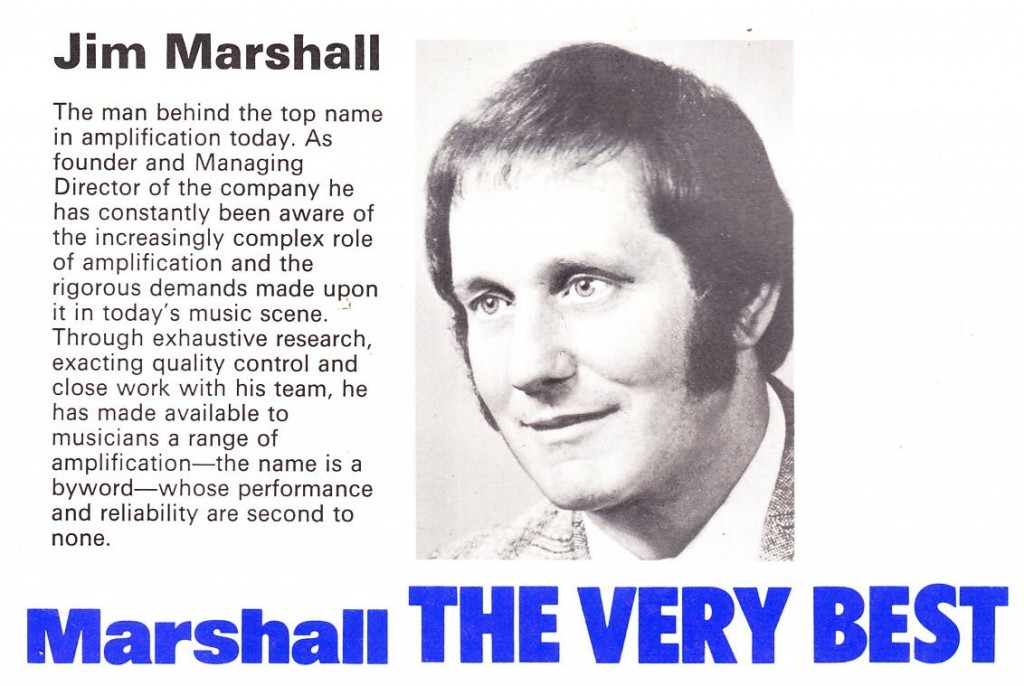 Follow this link for previous vintage Marshall coverage on PS dot com.
Follow this link for previous vintage Marshall coverage on PS dot com.
